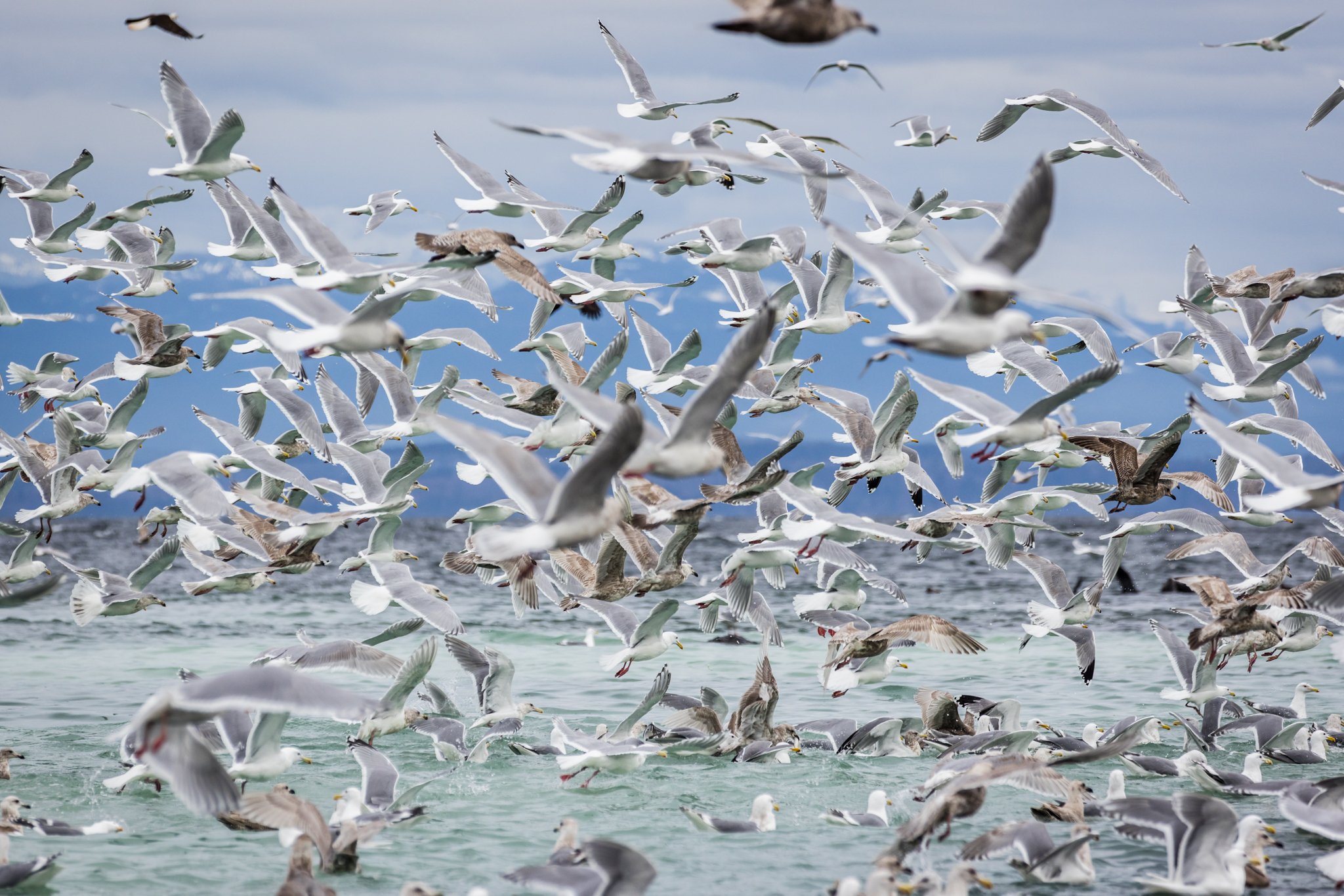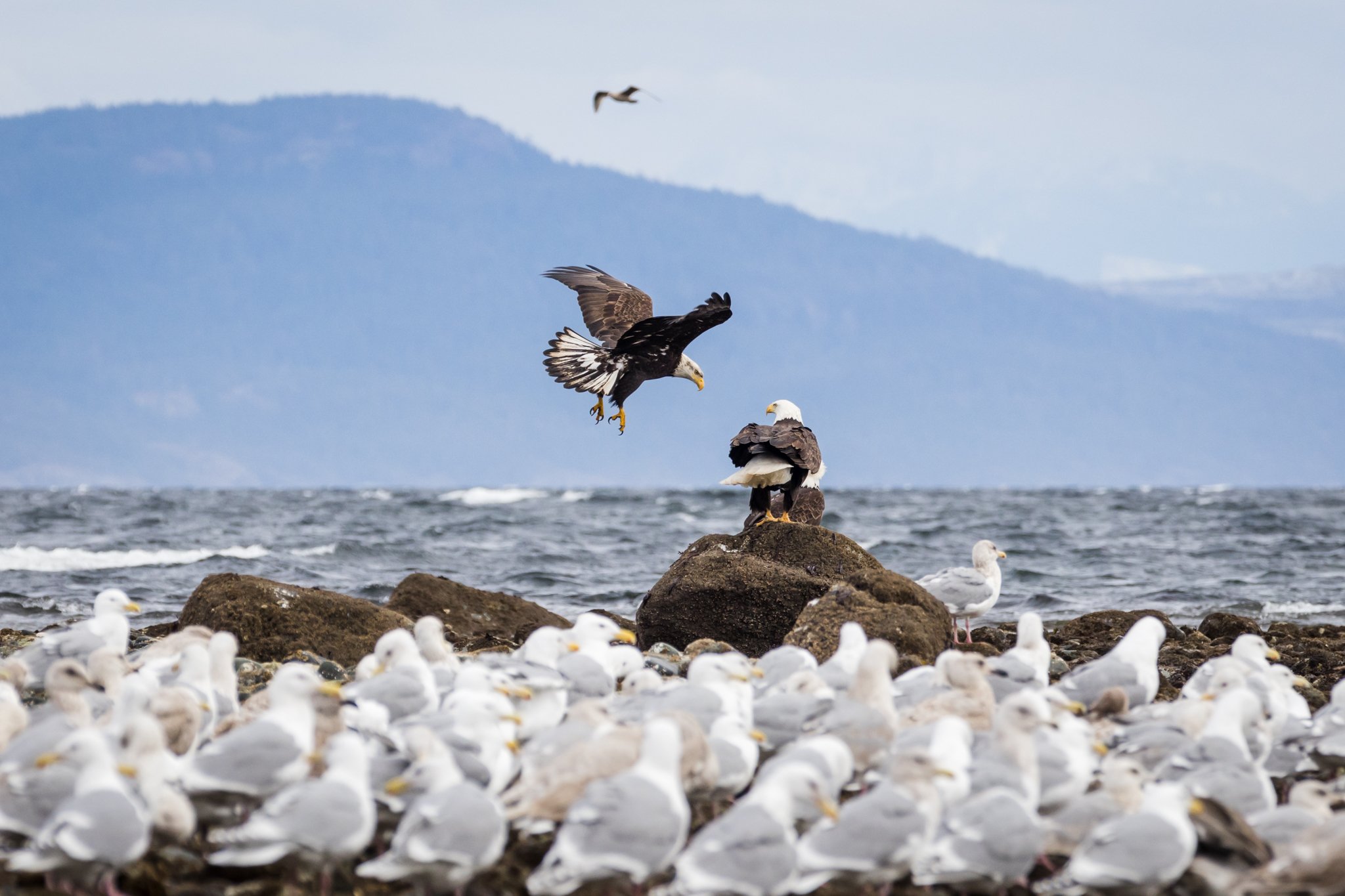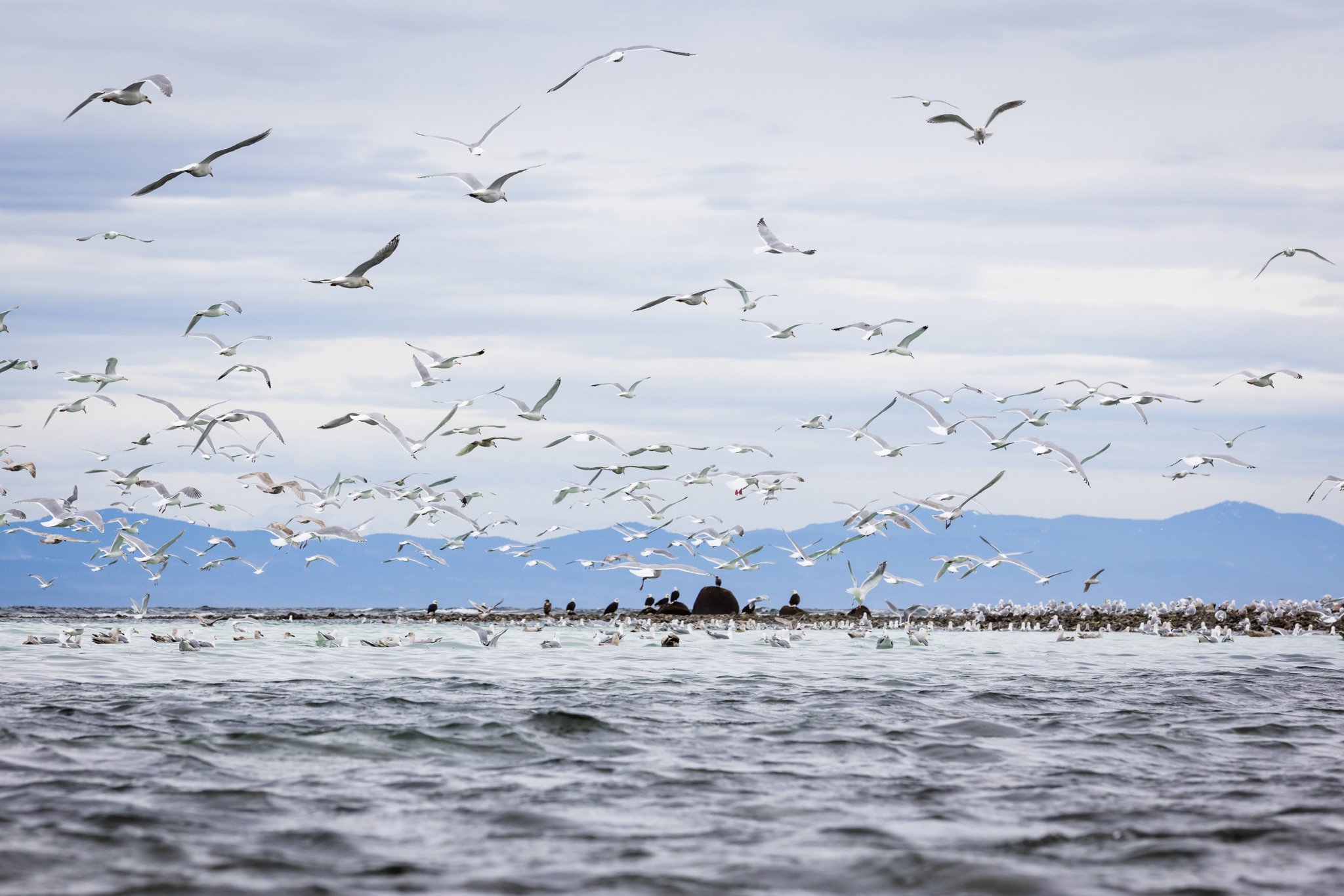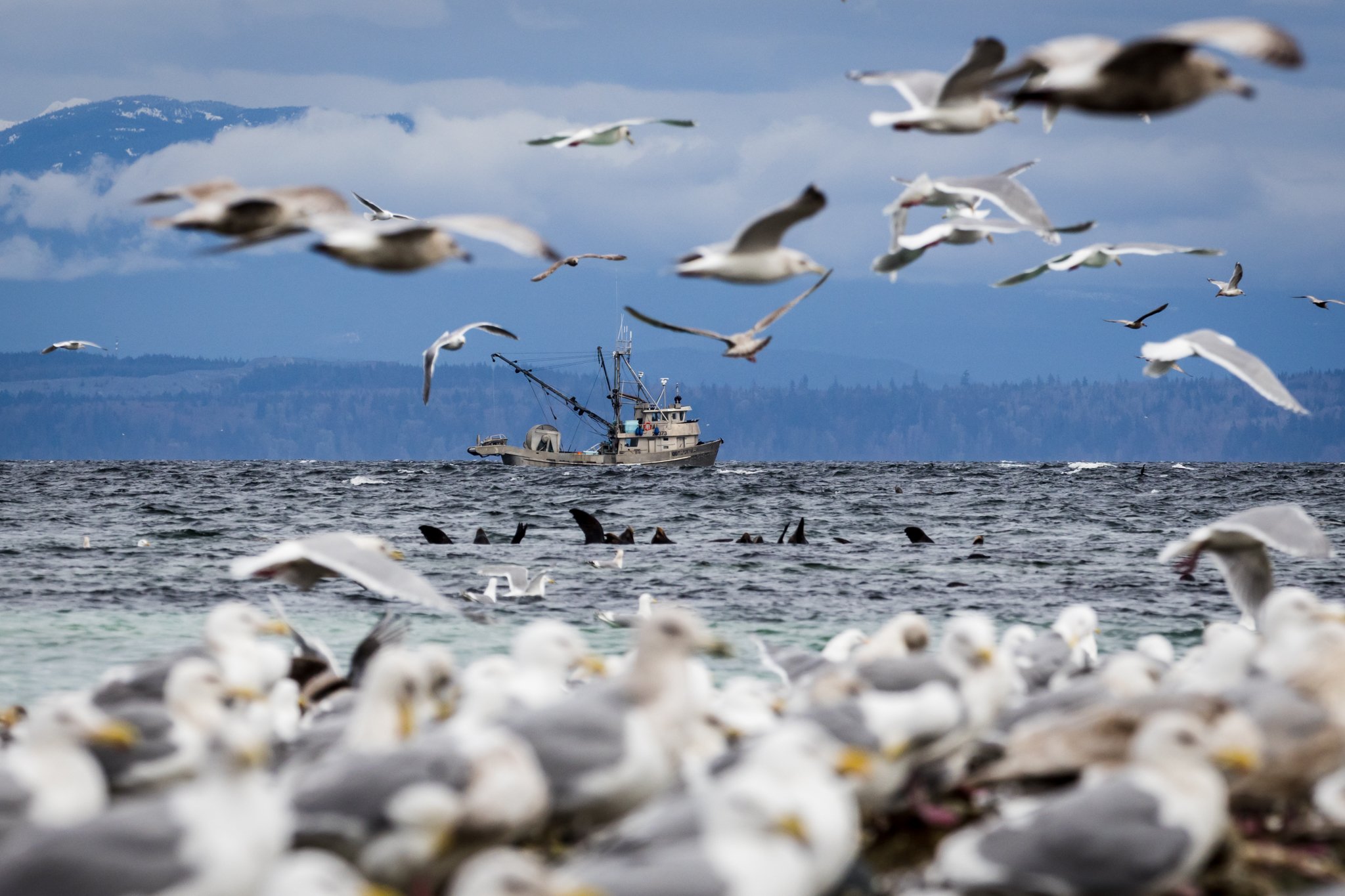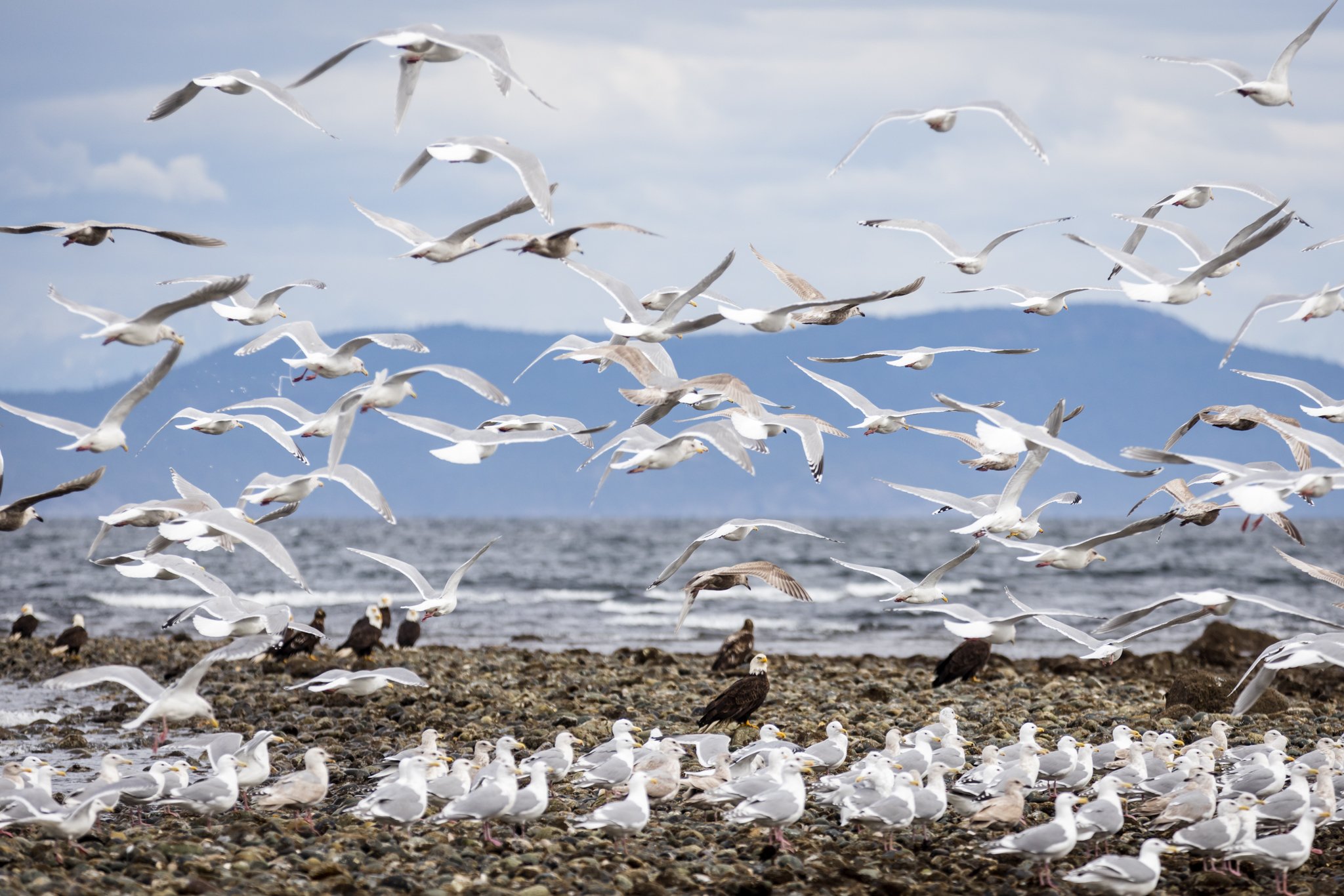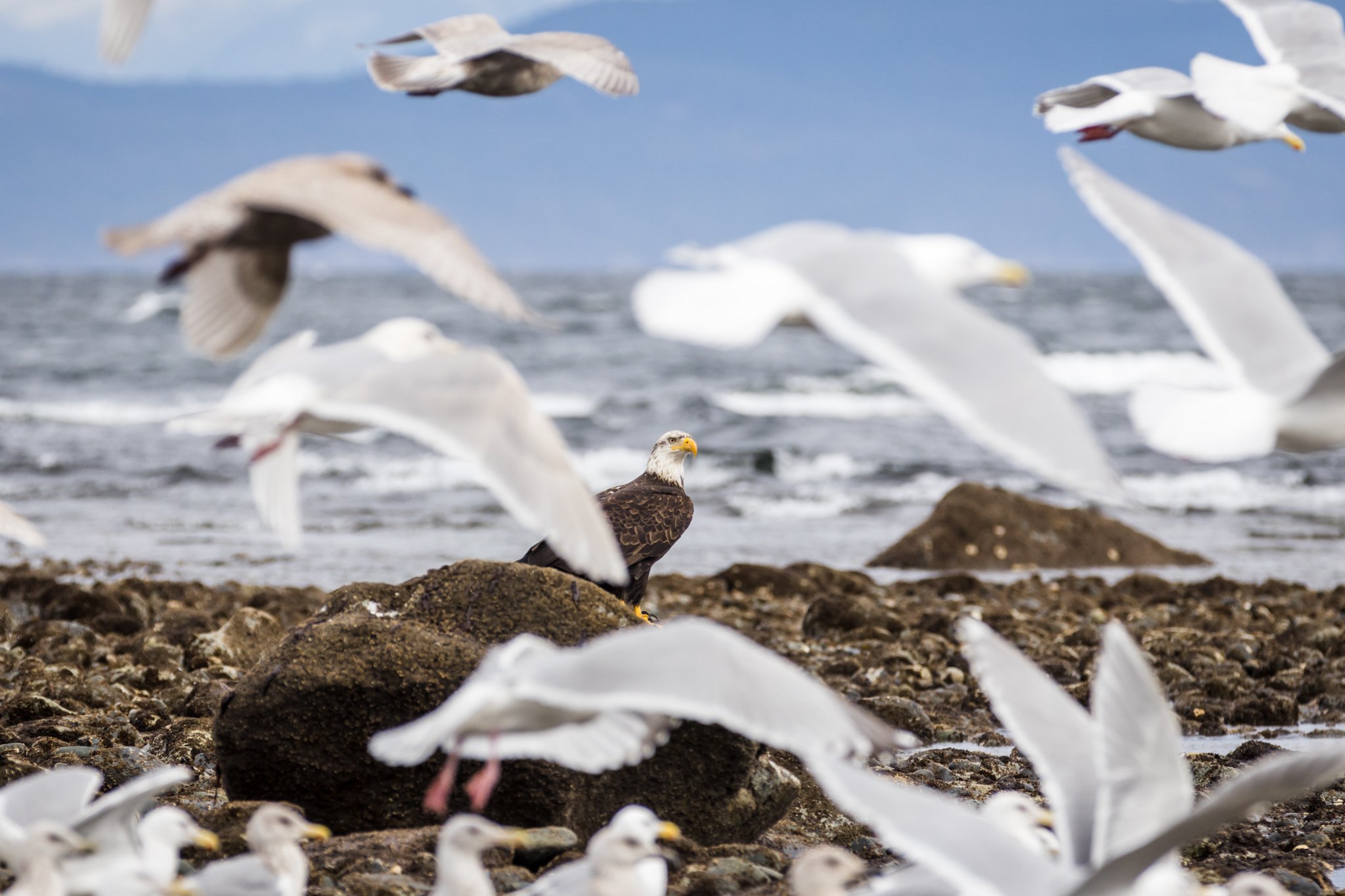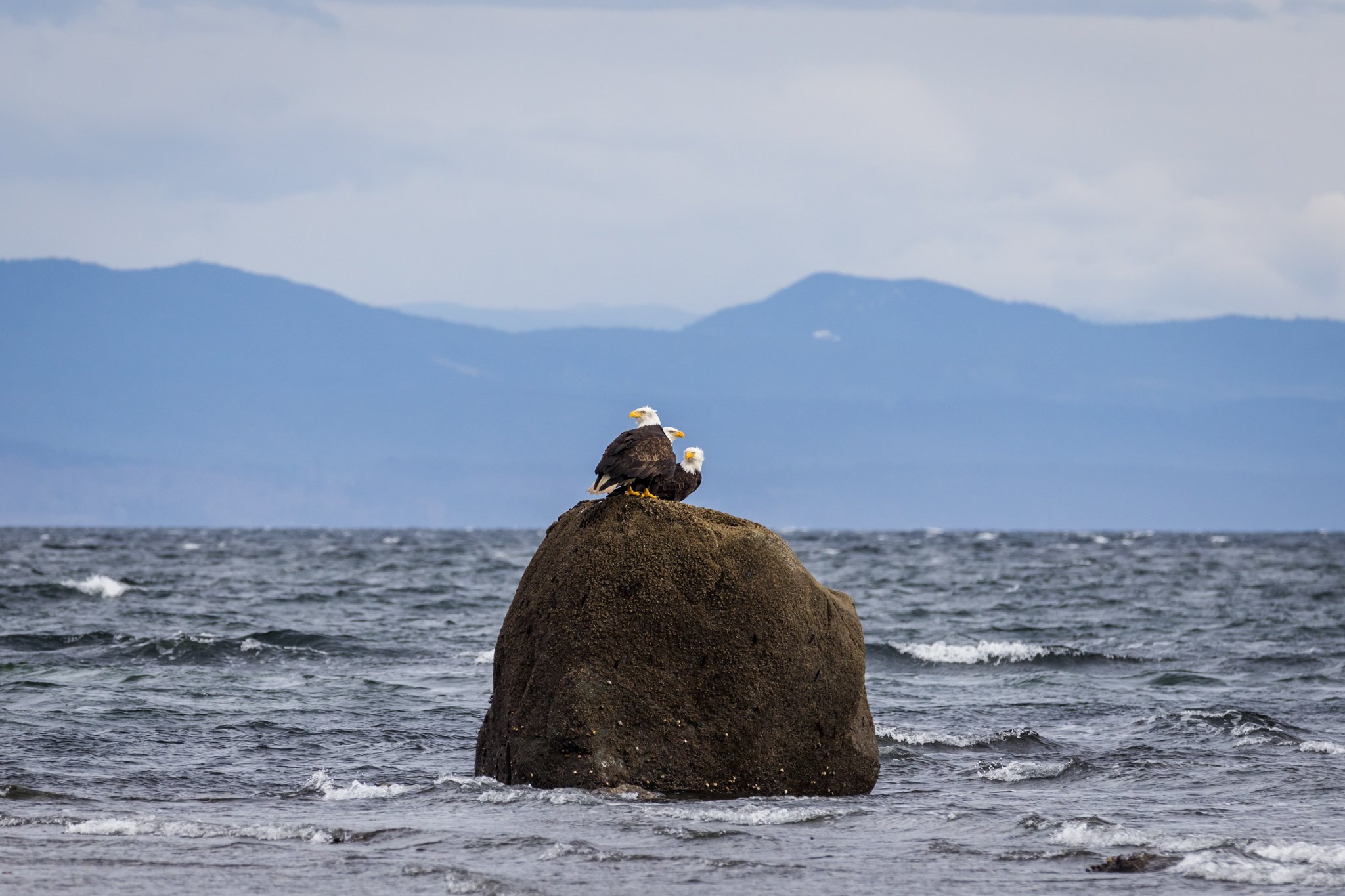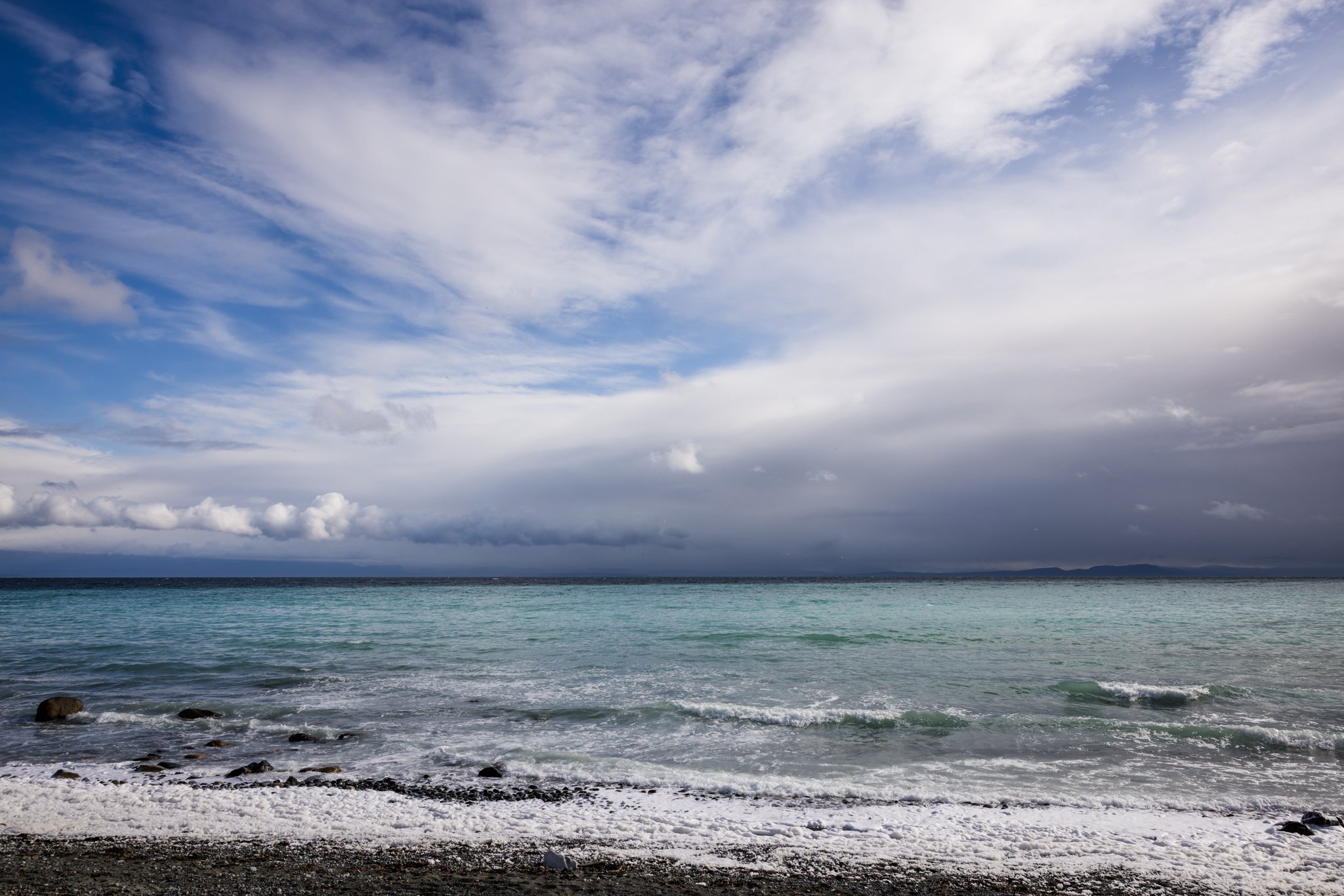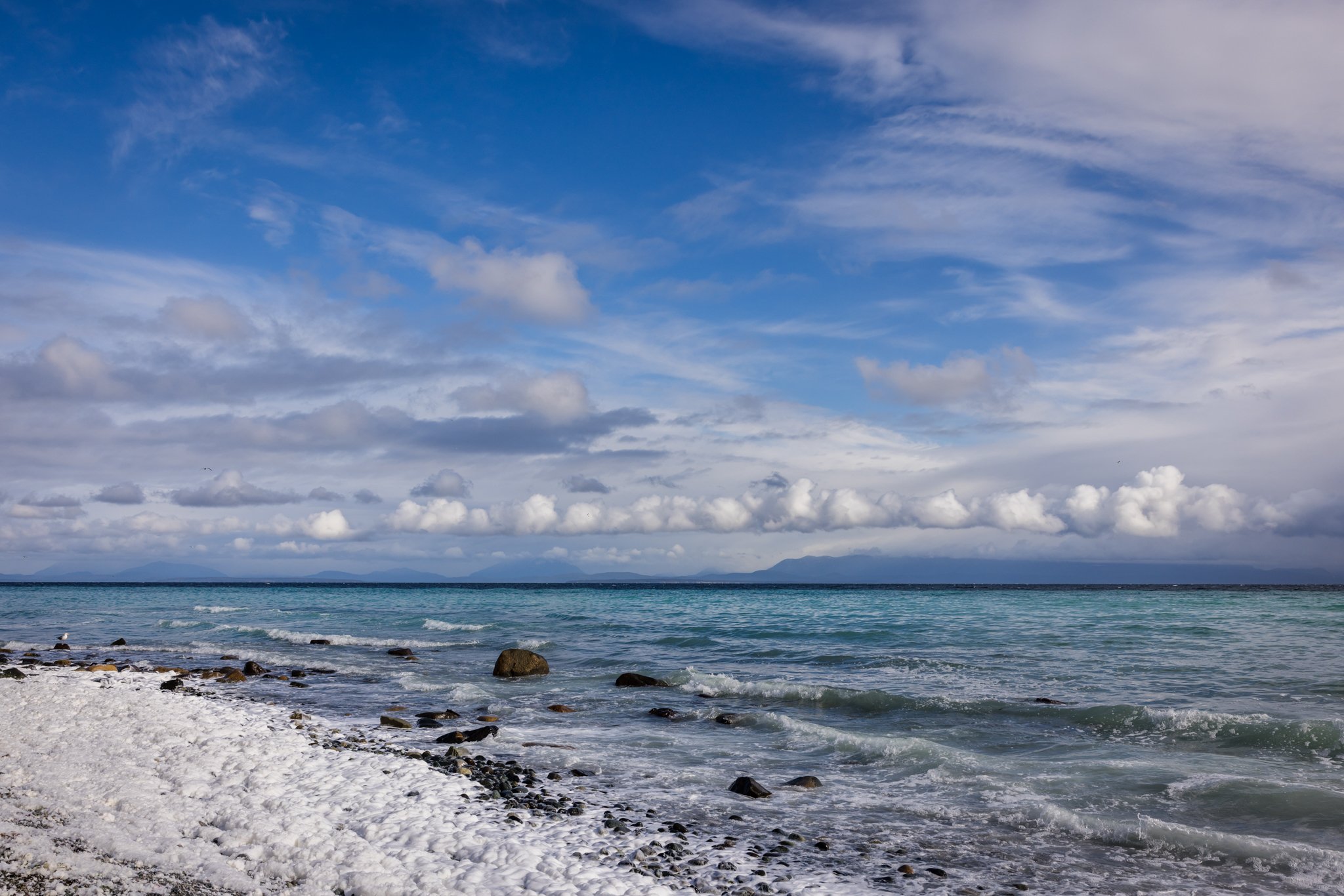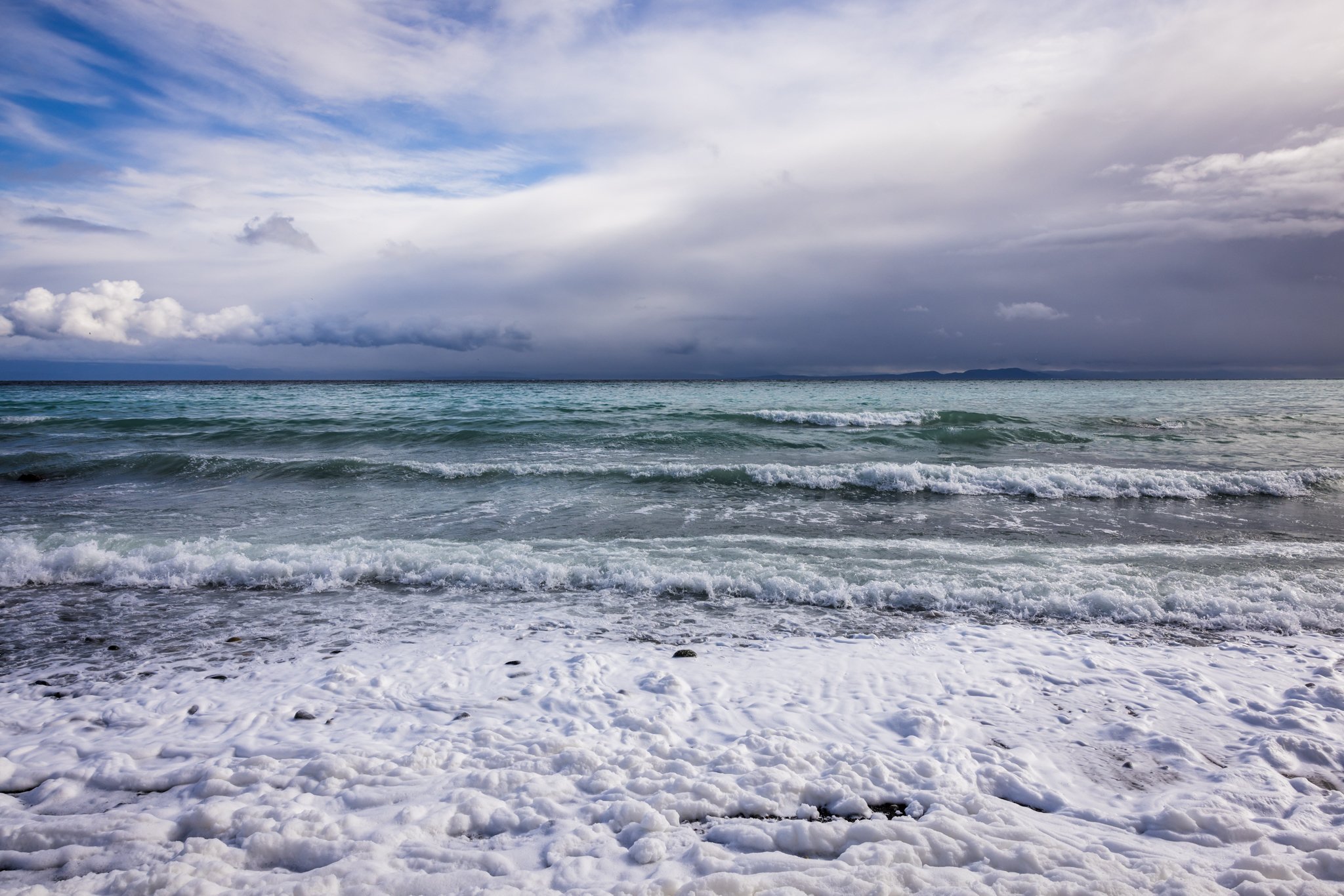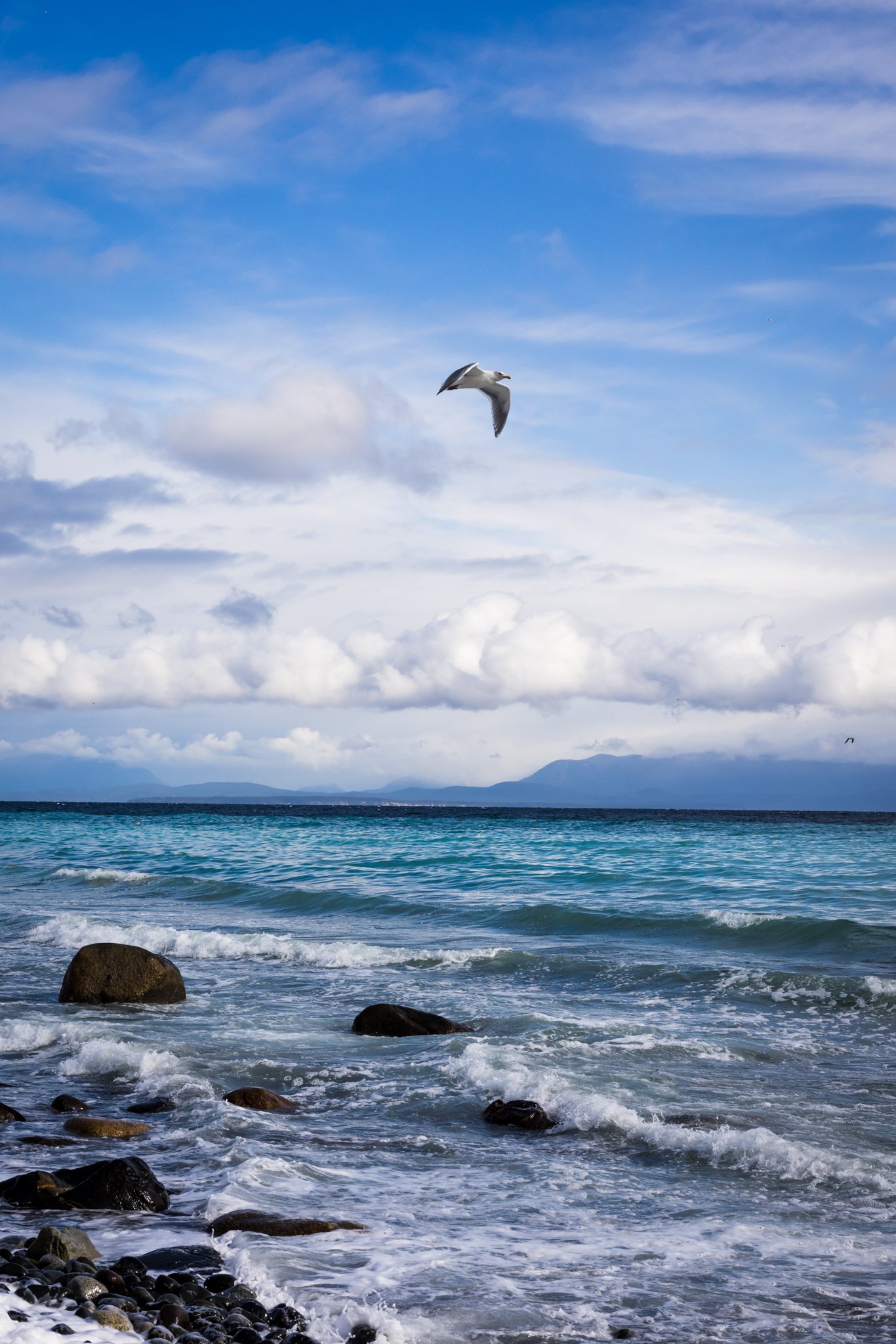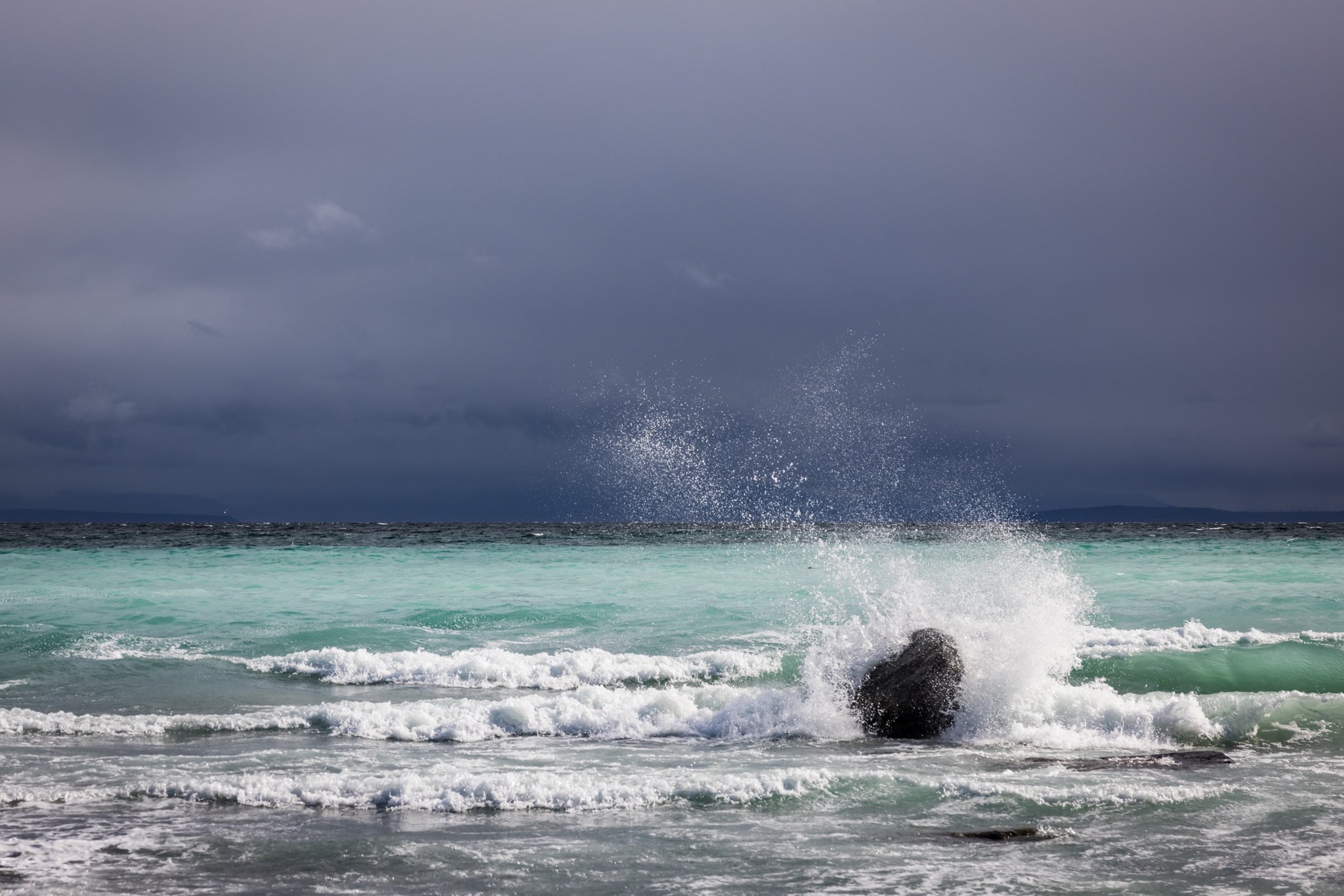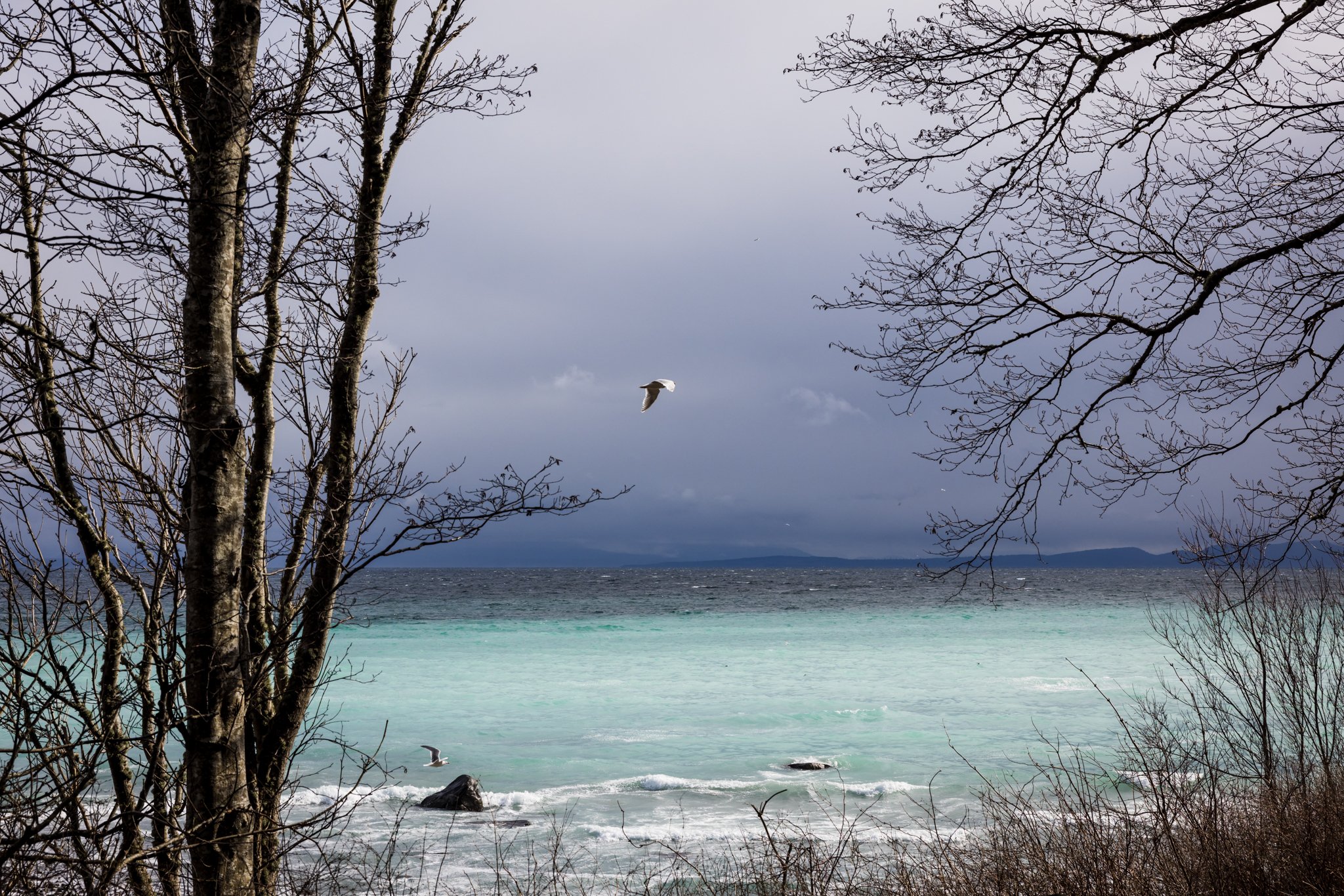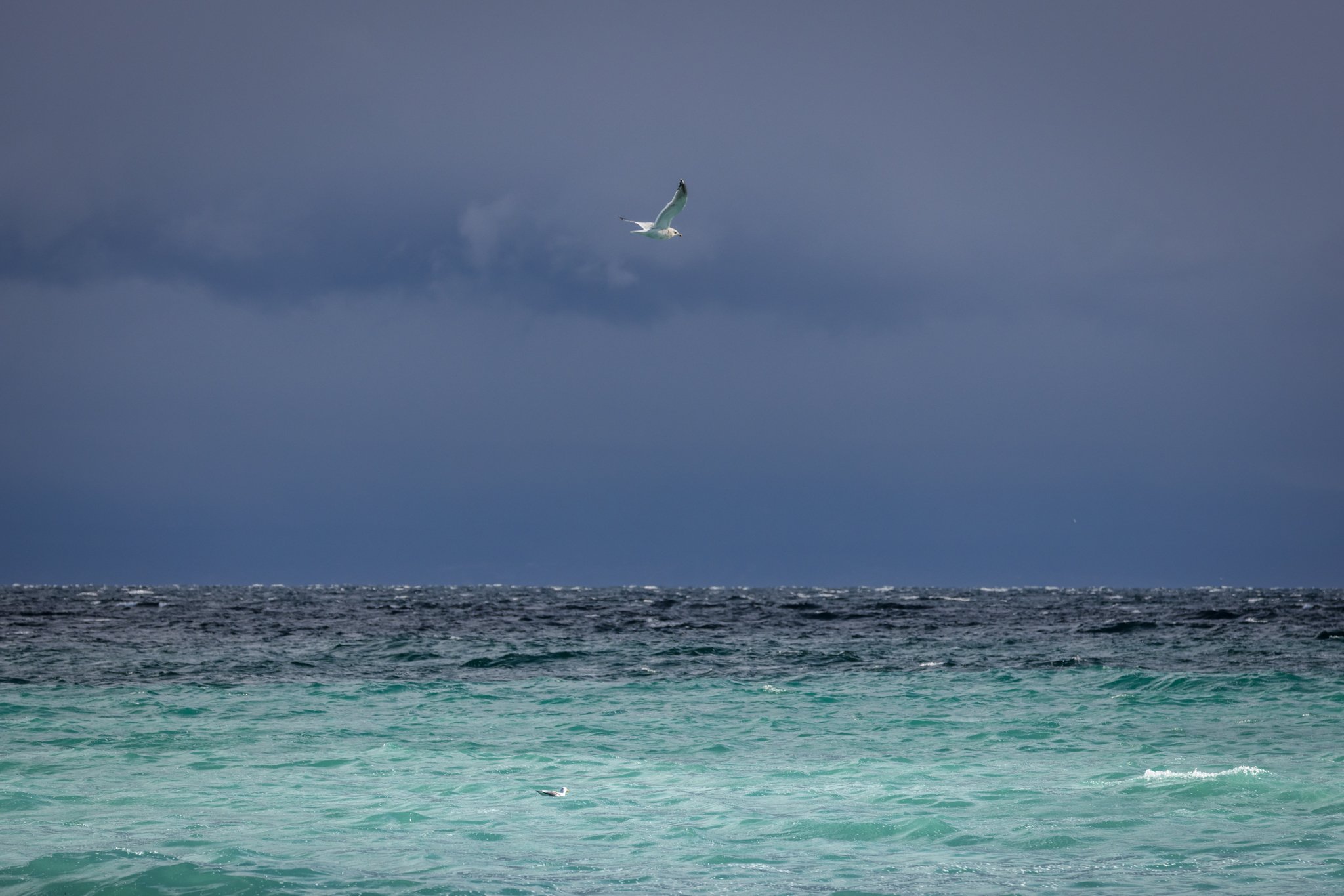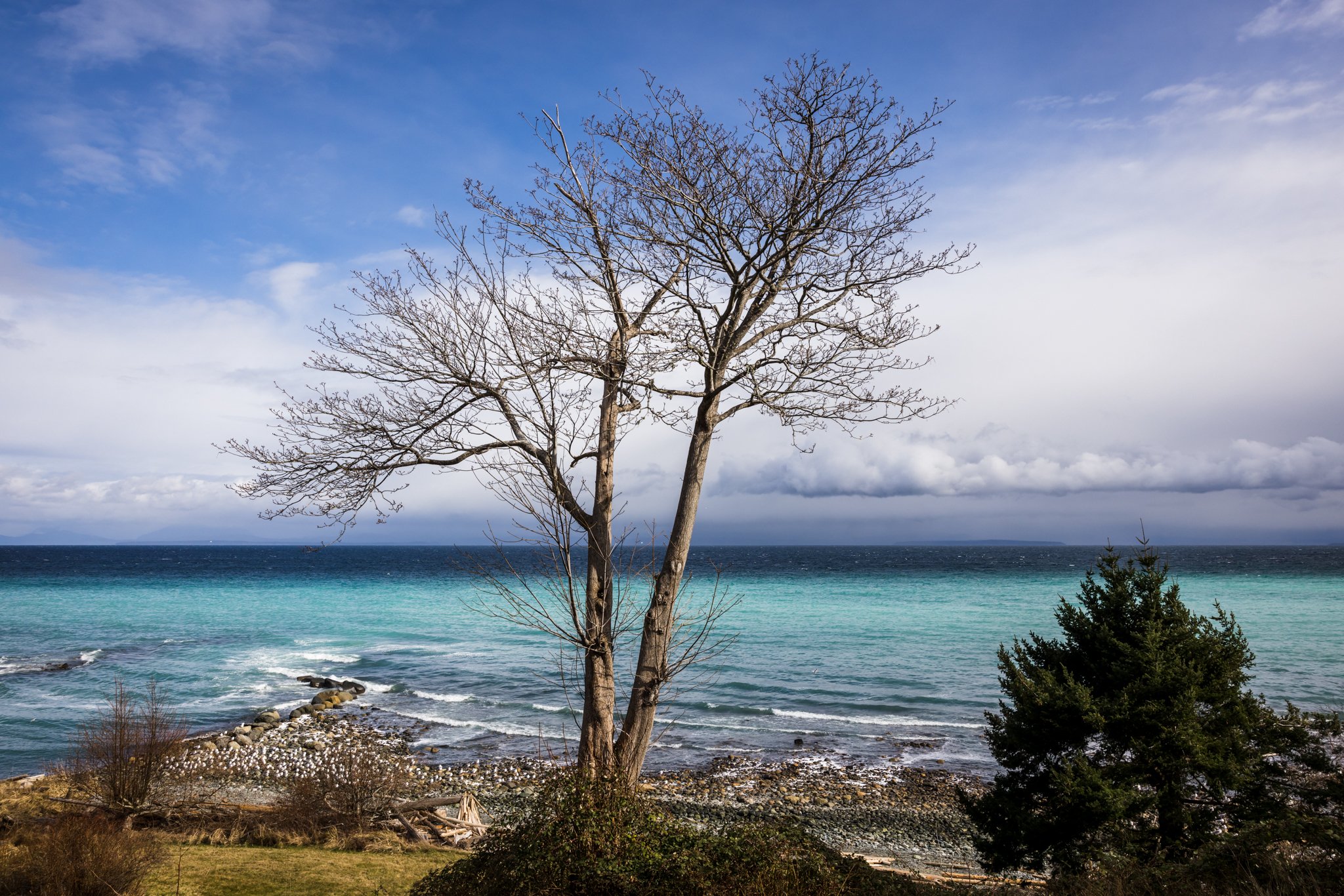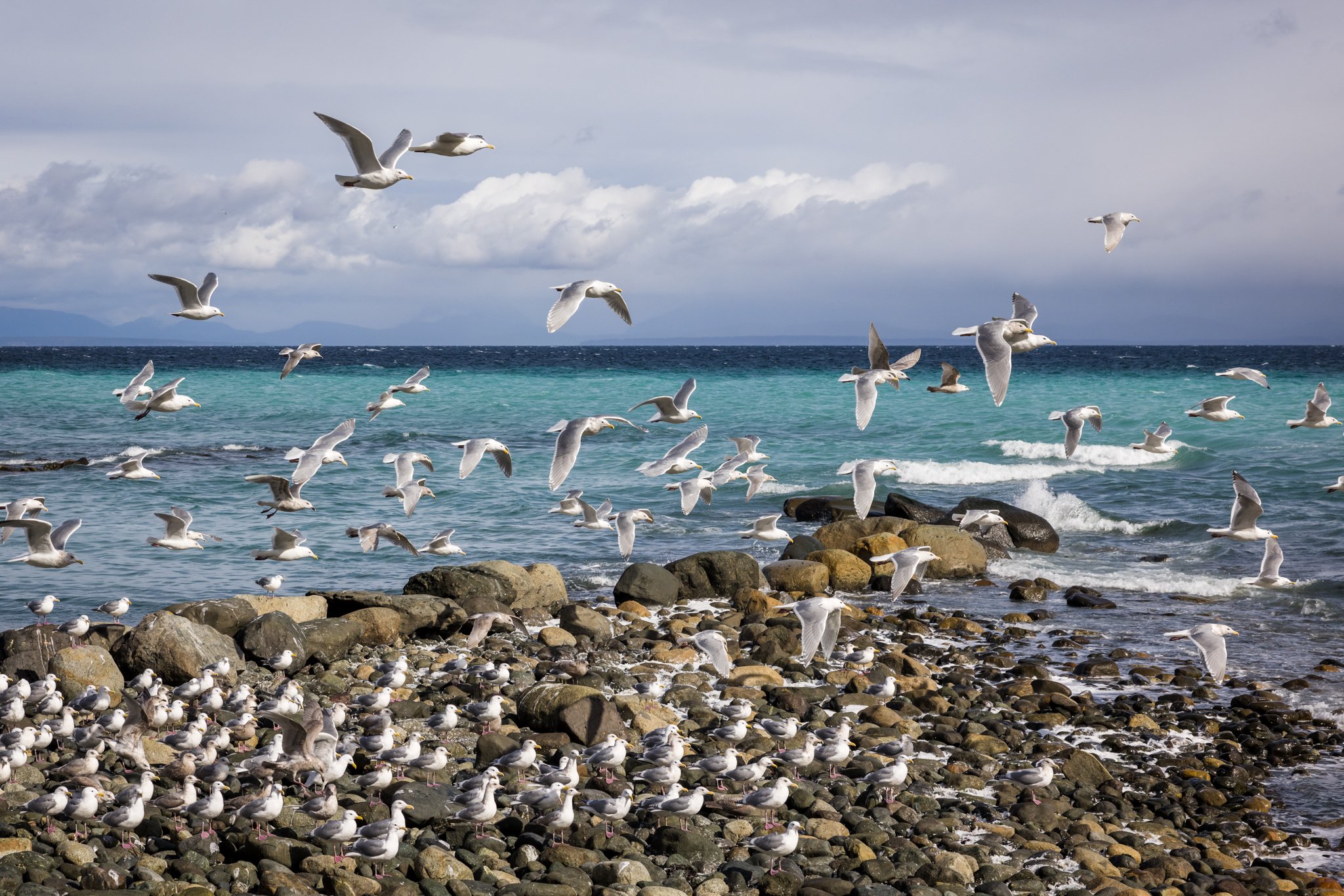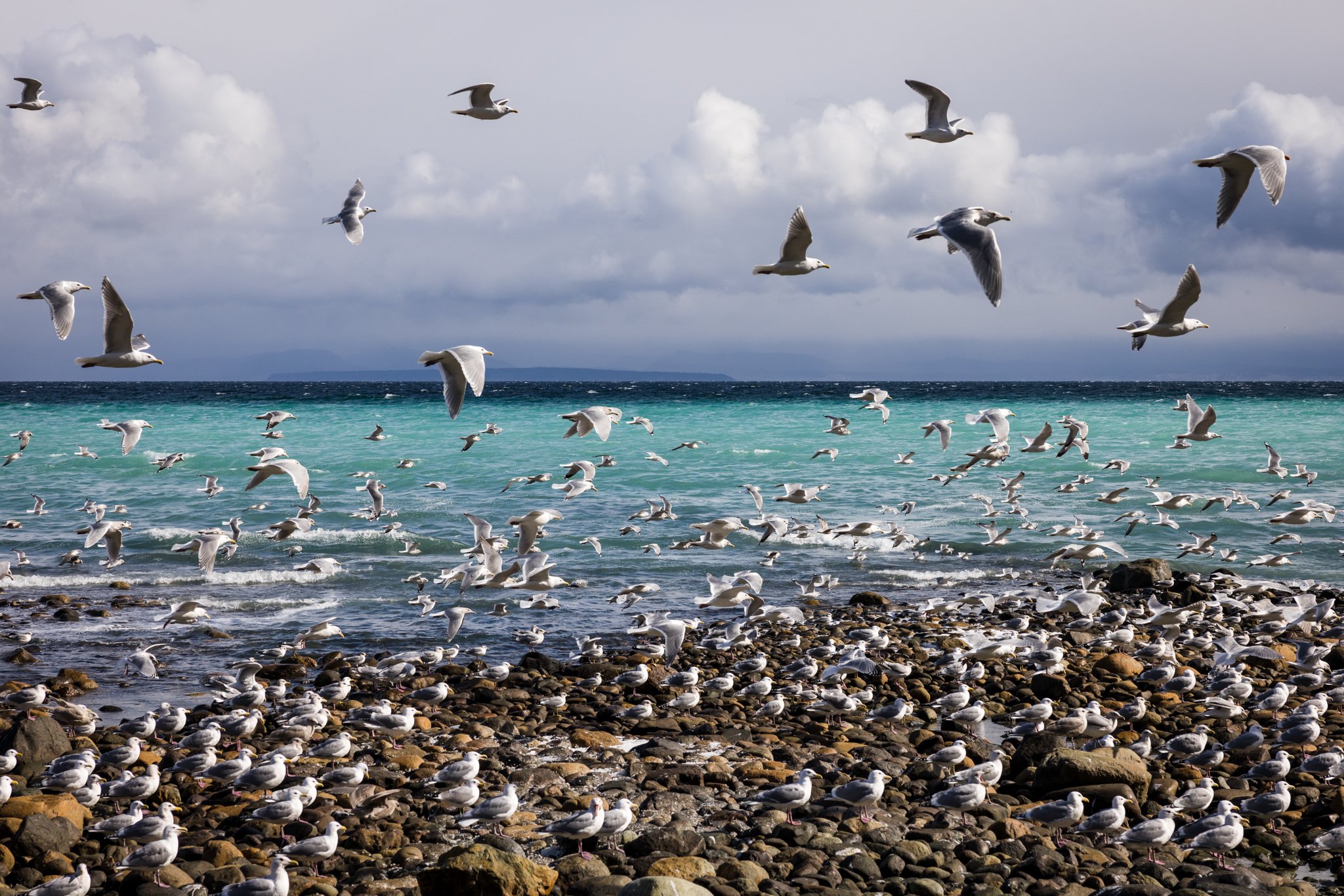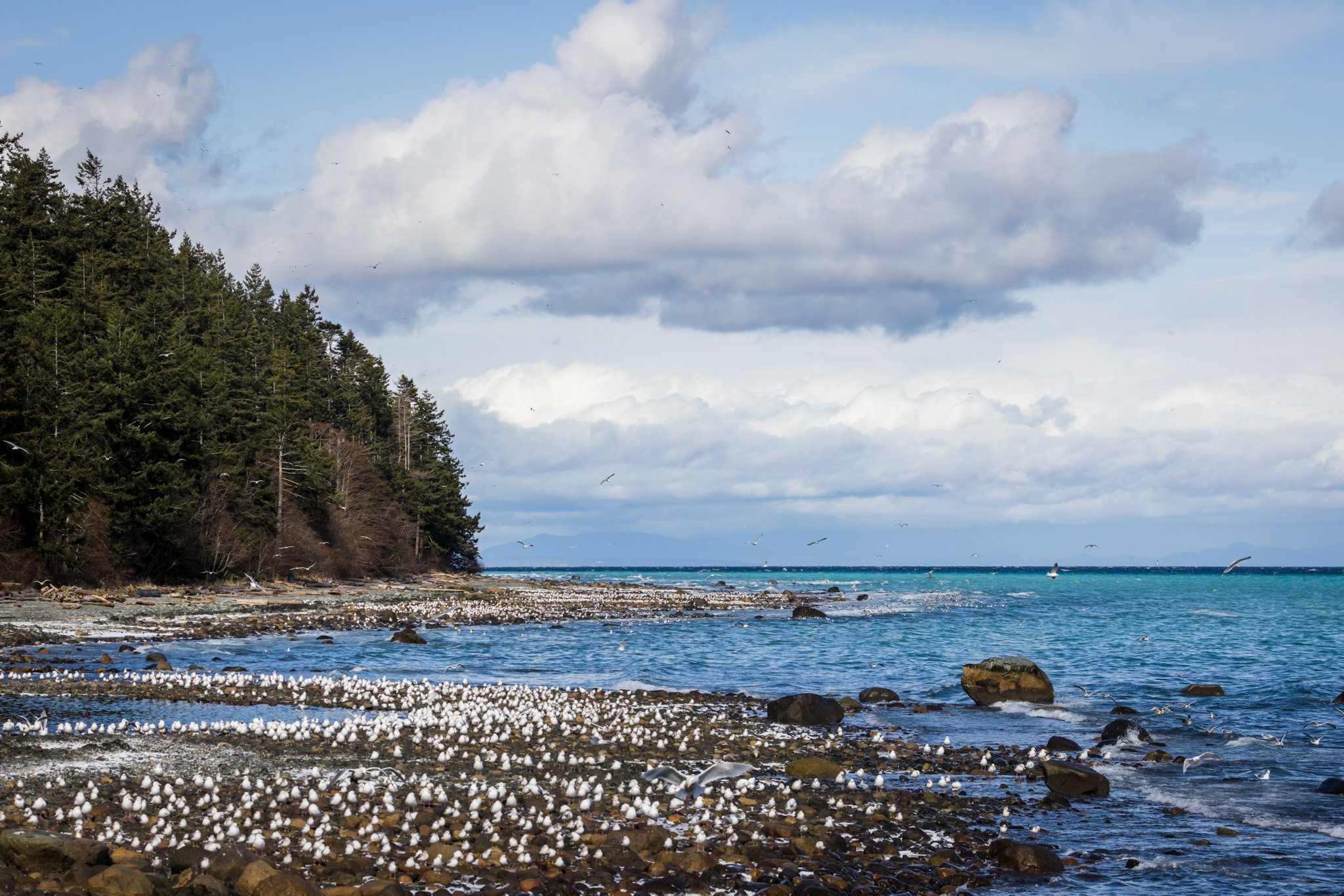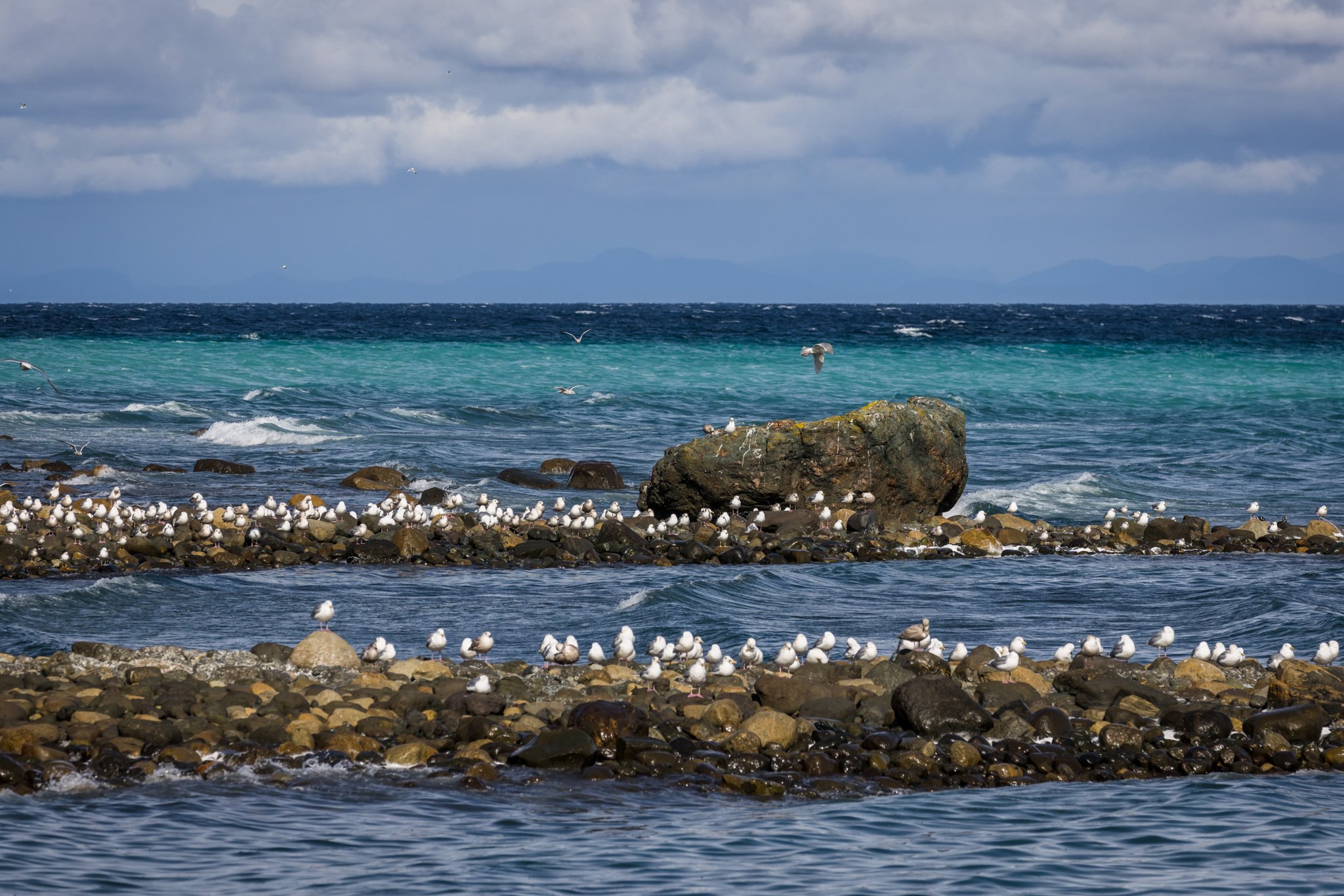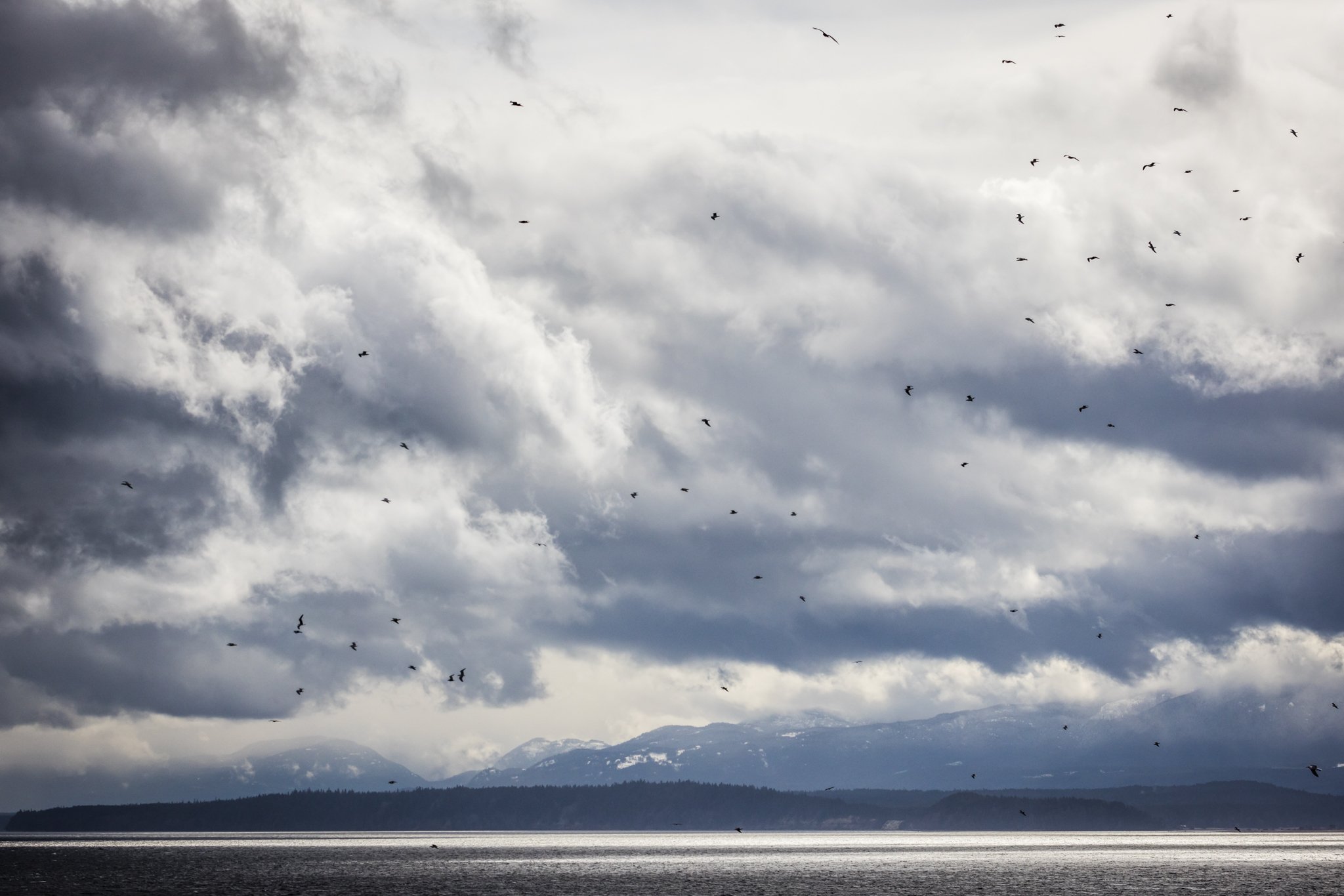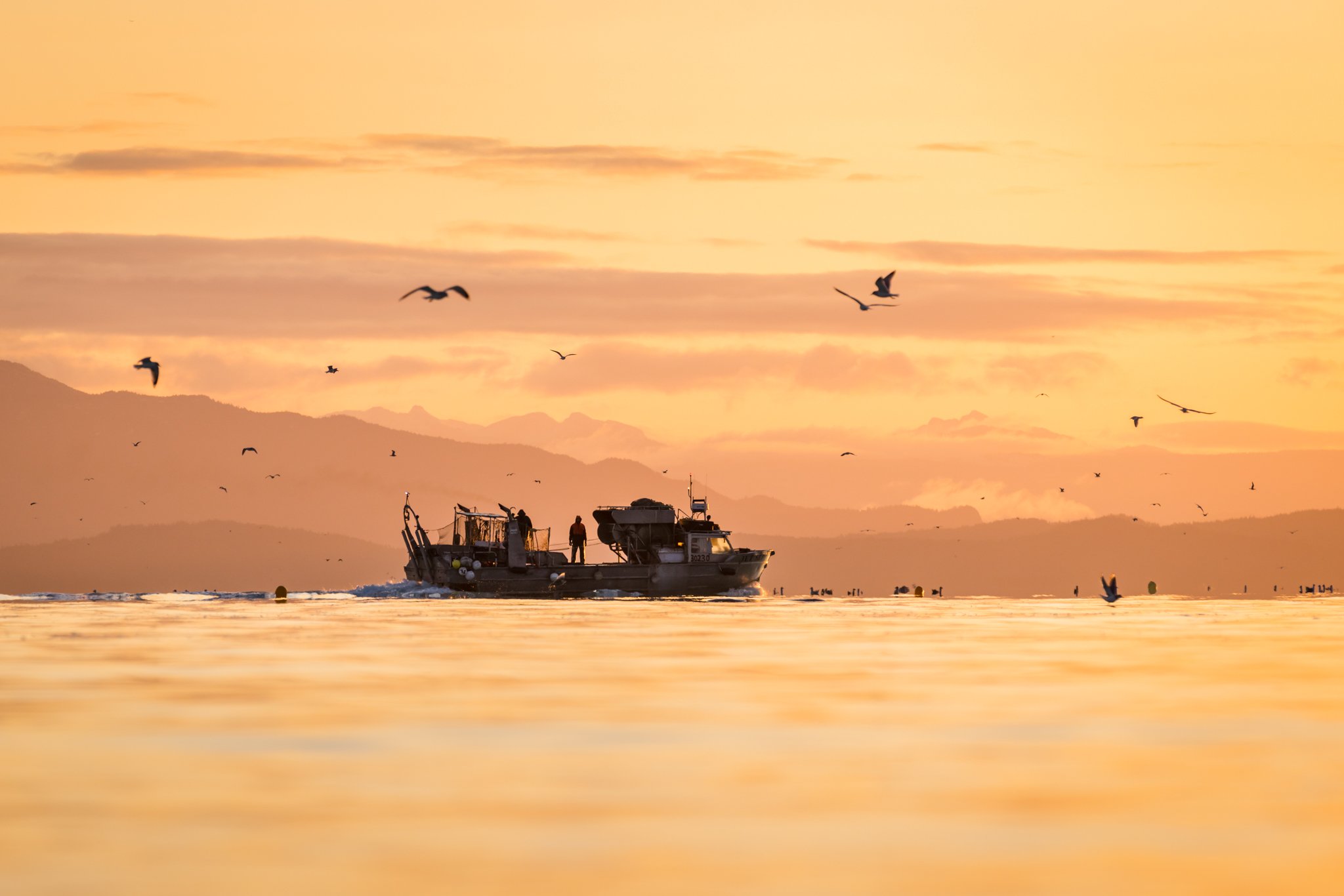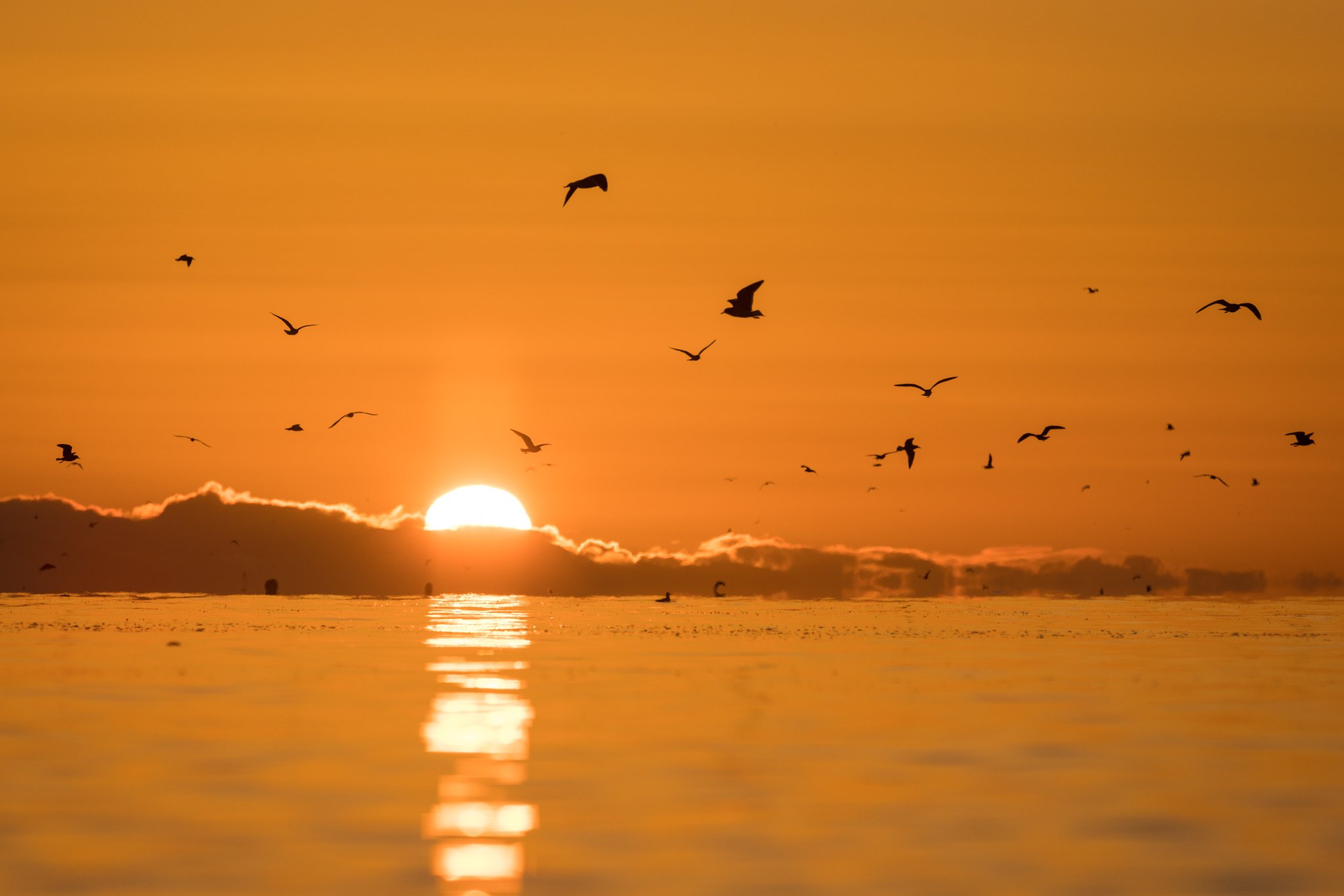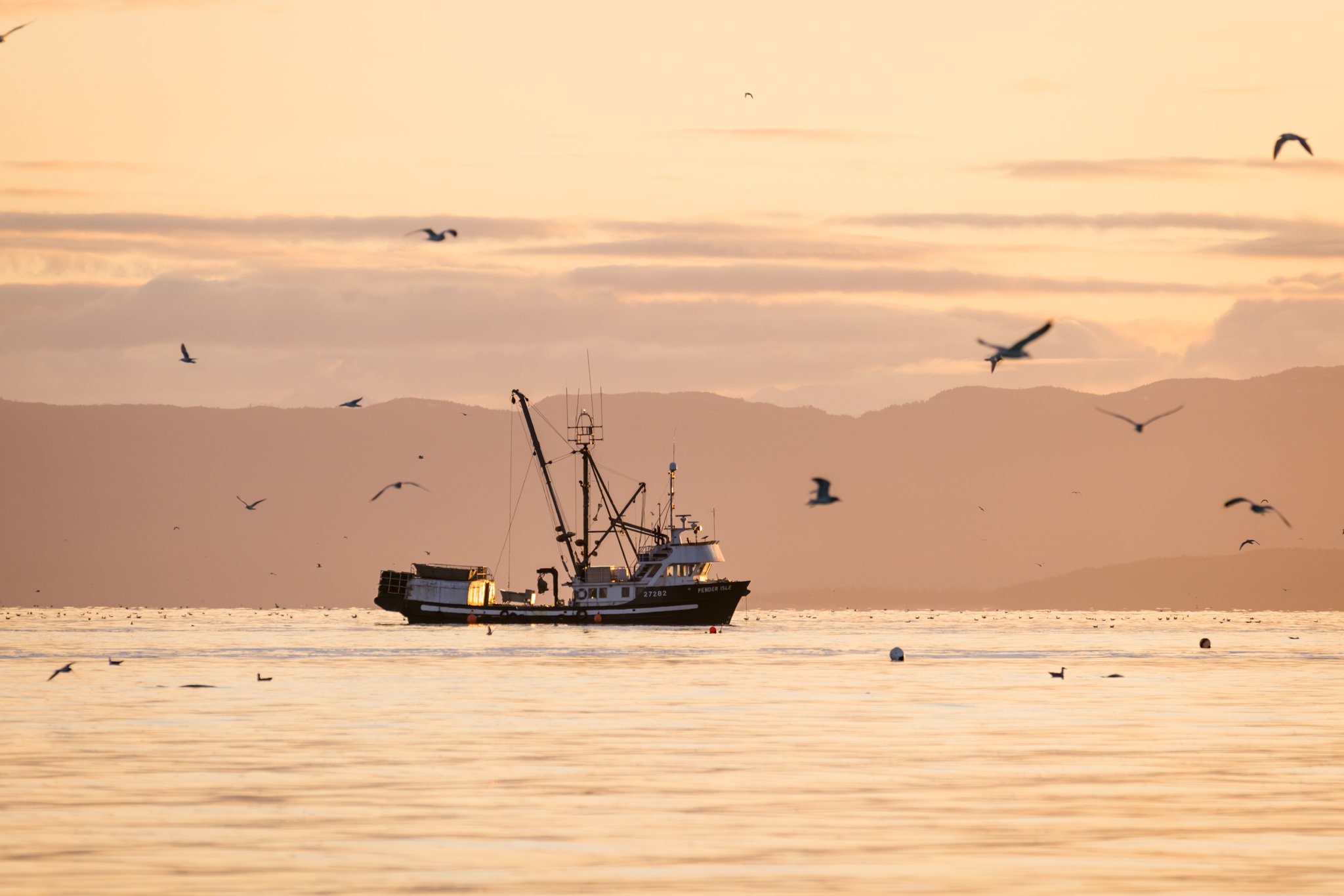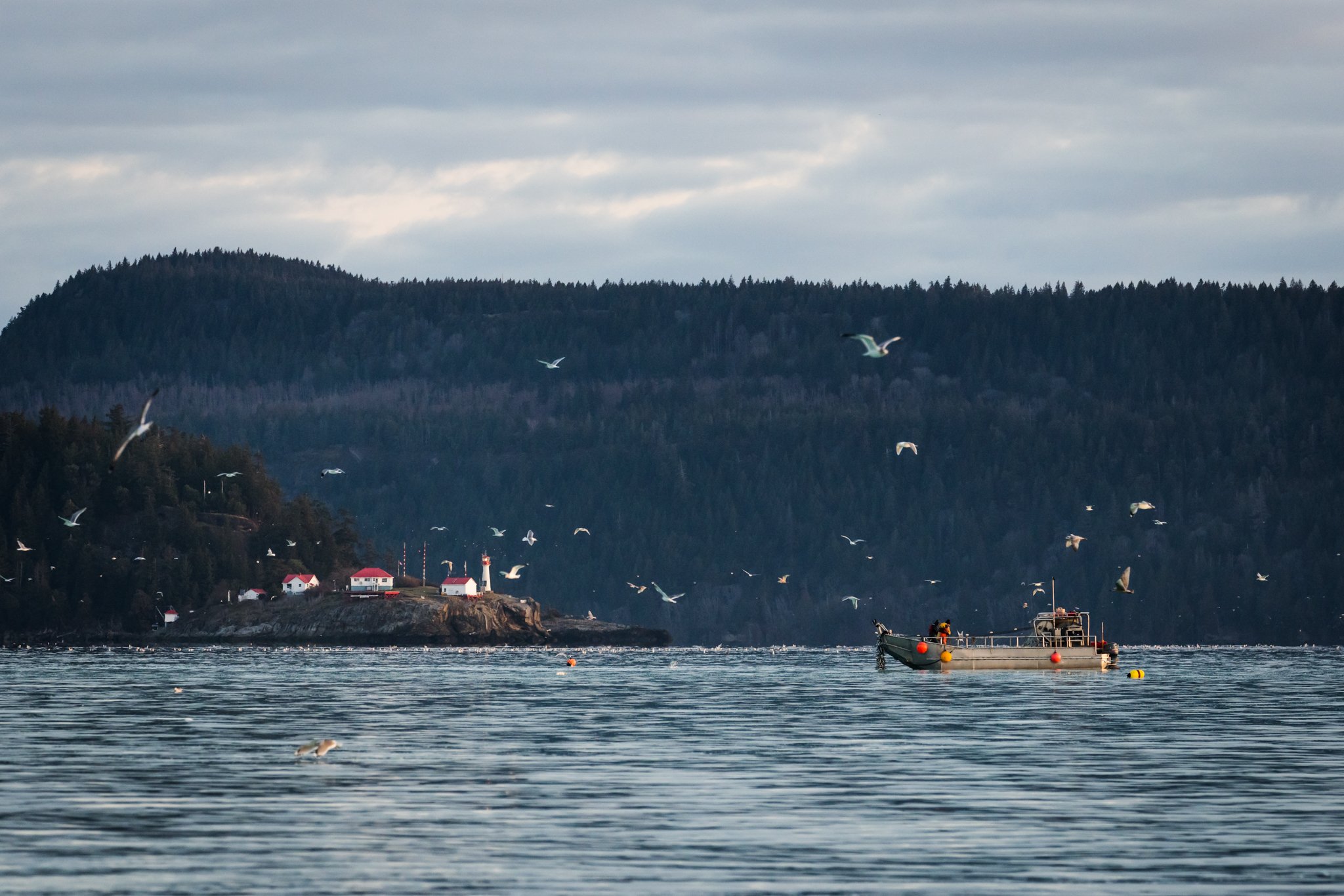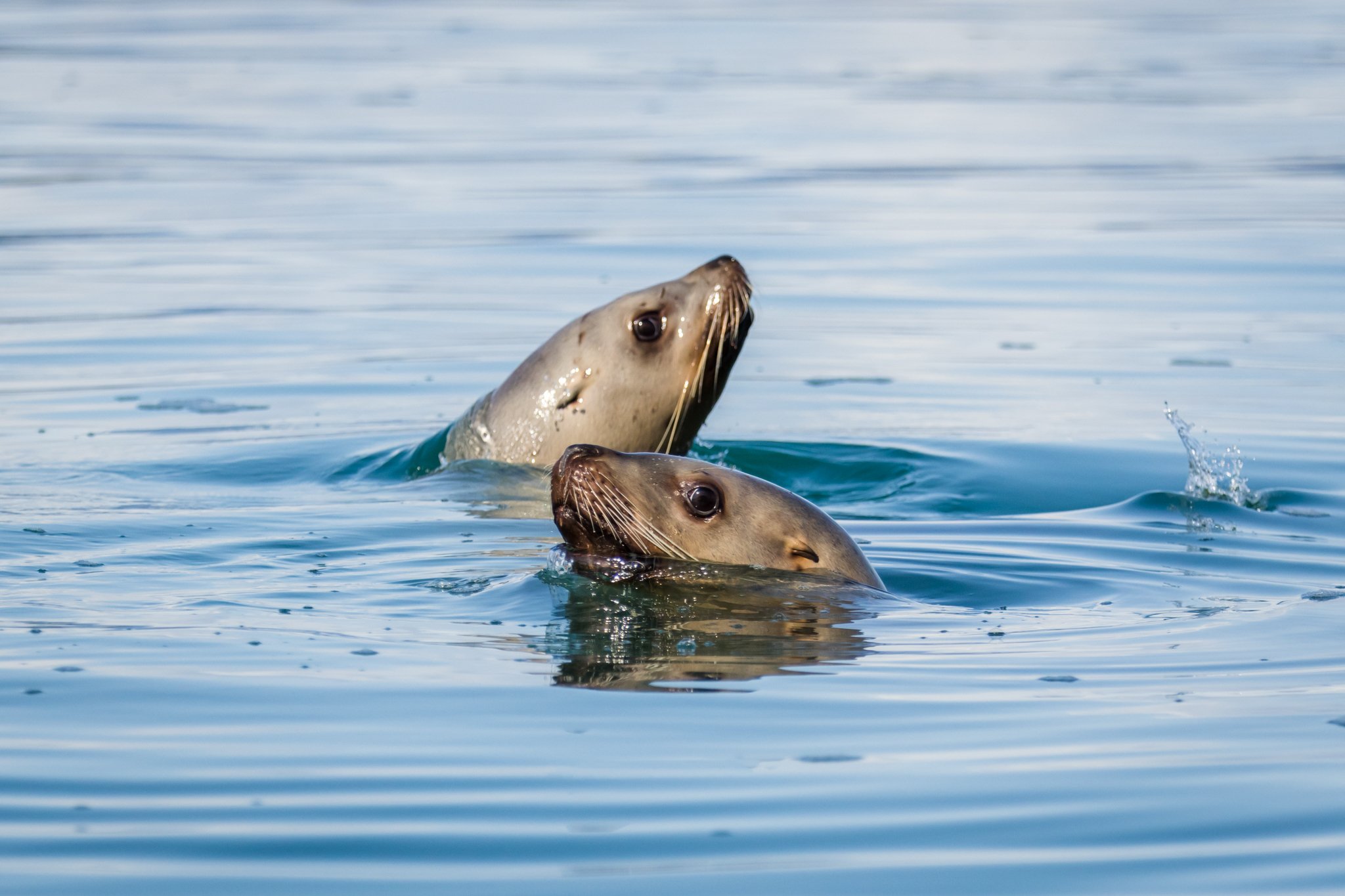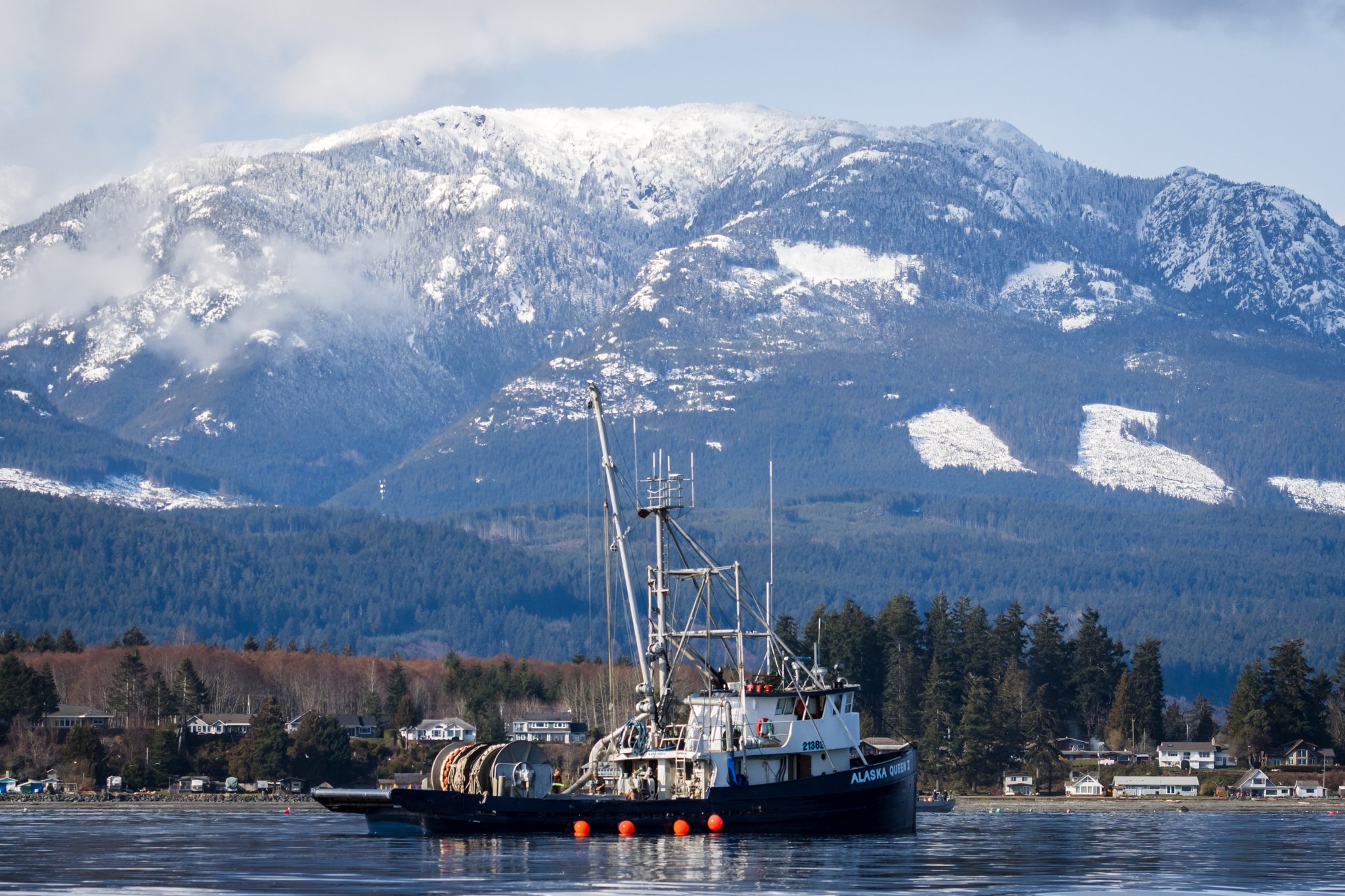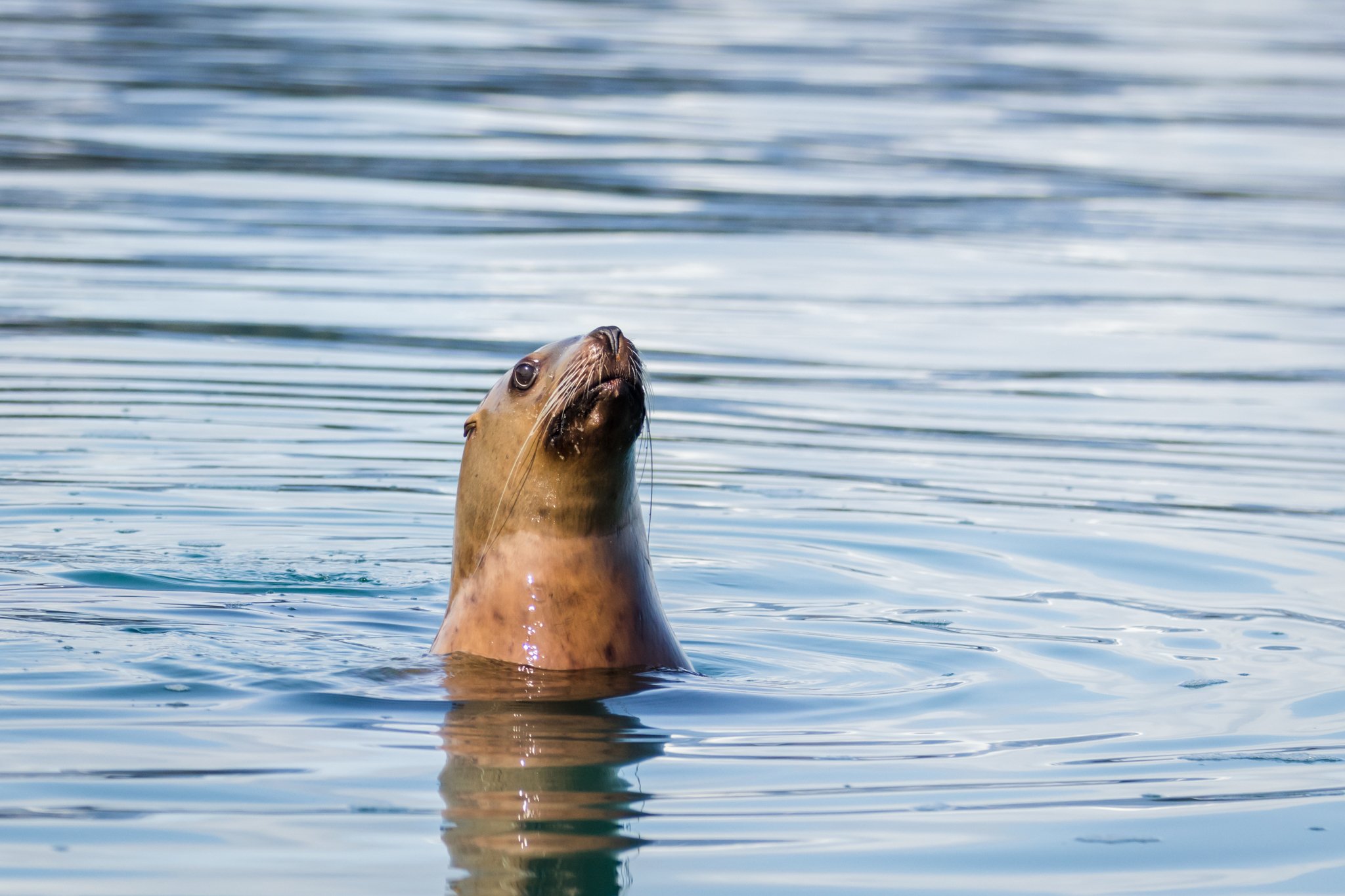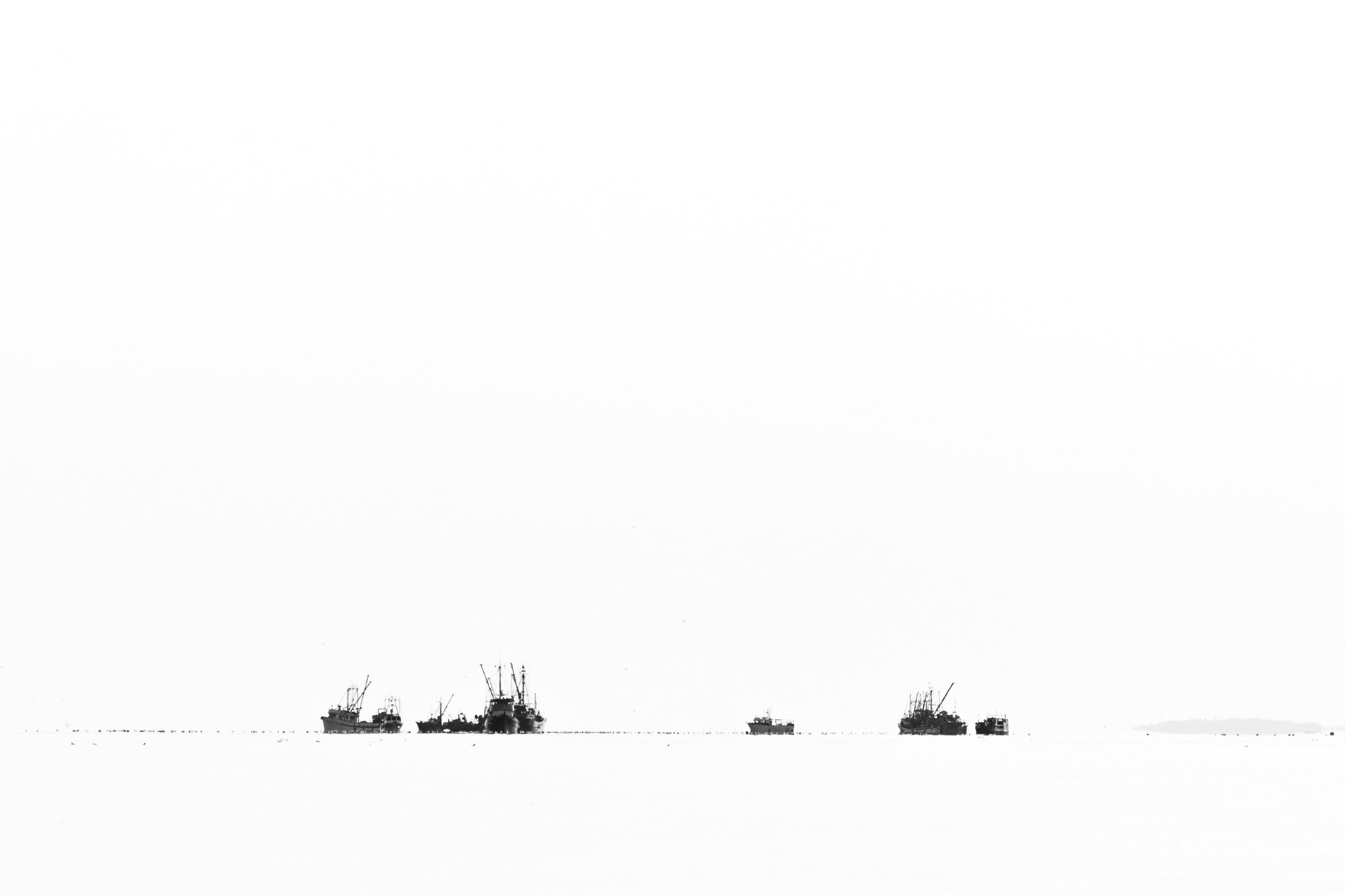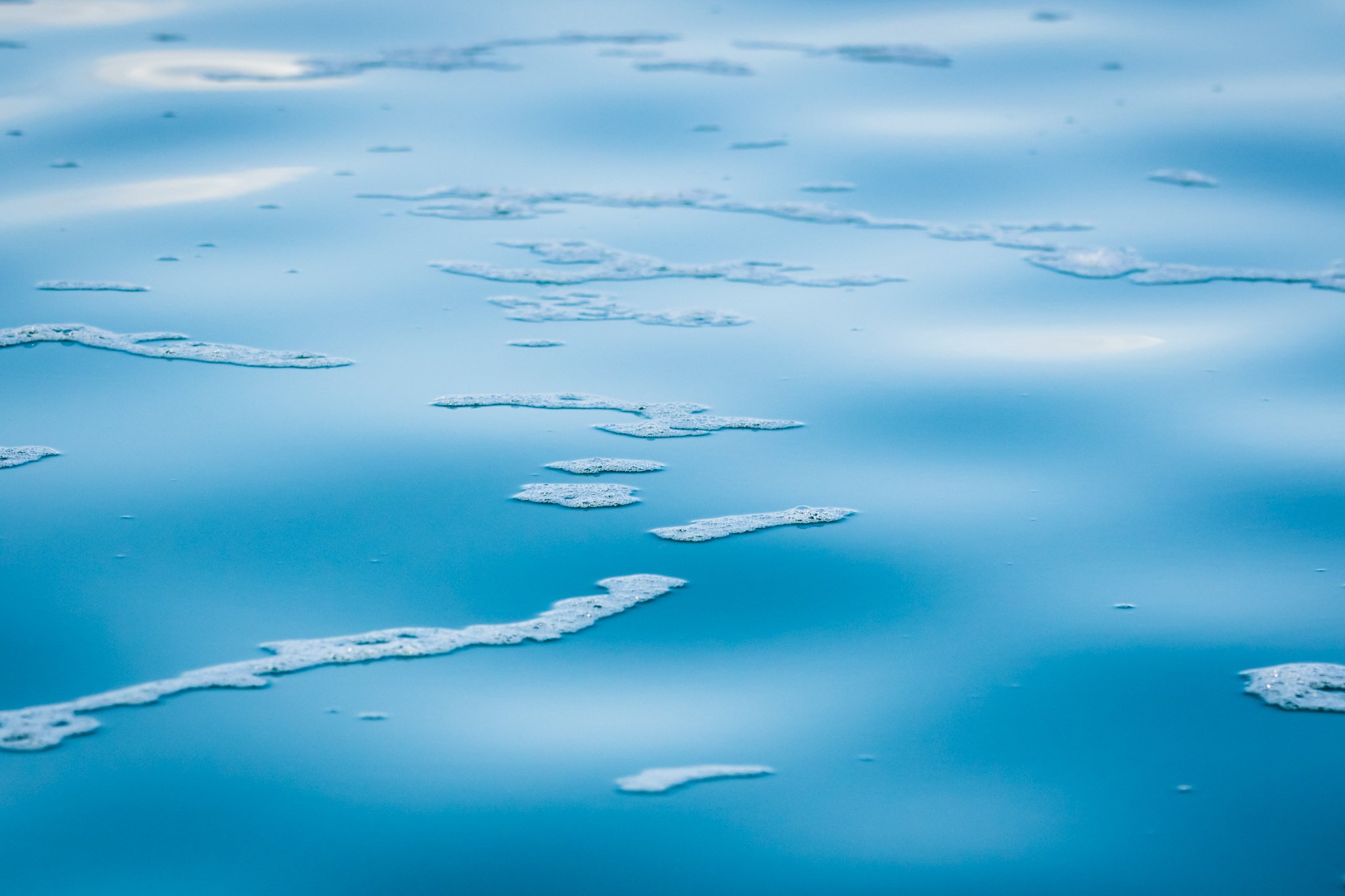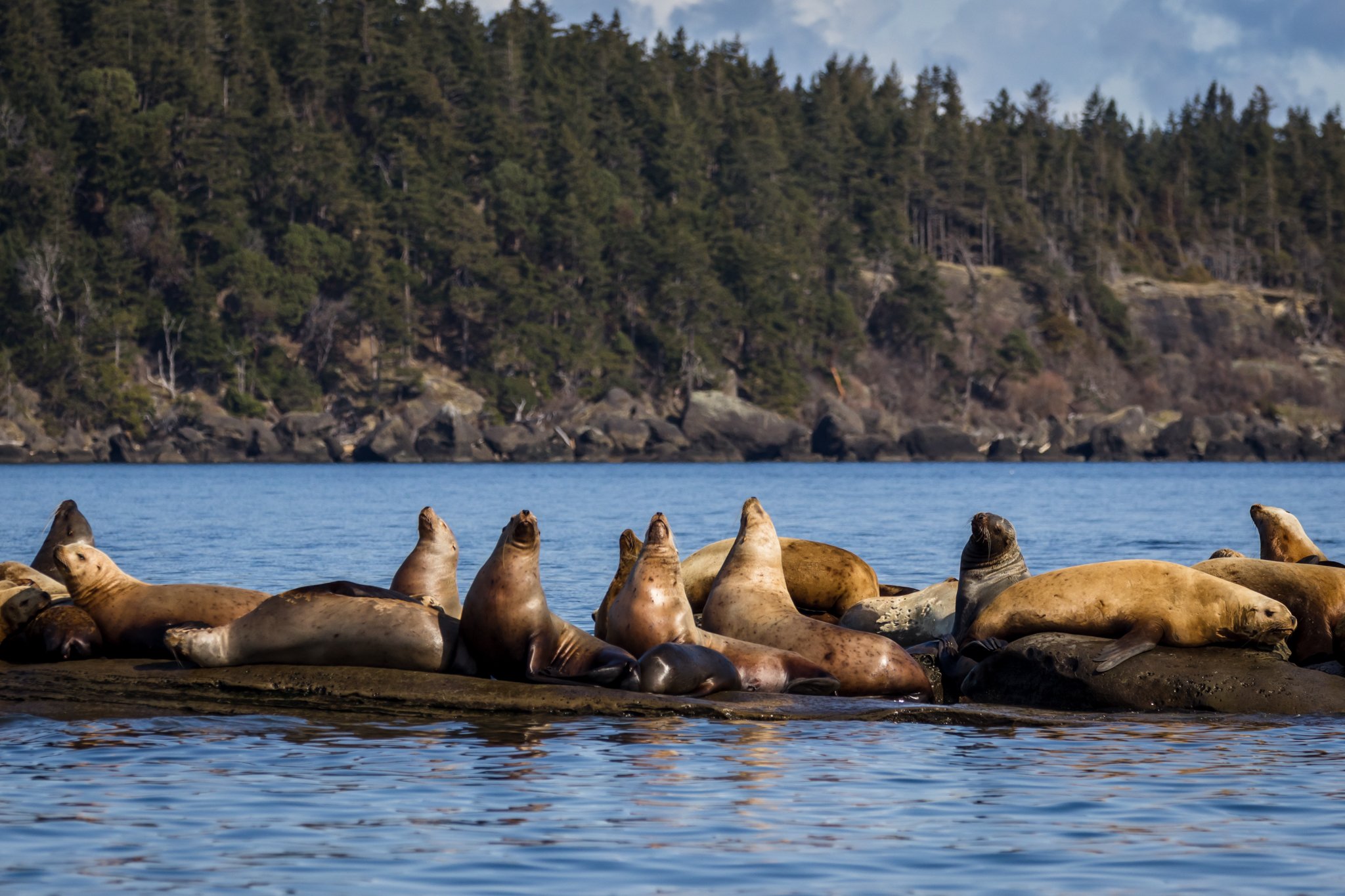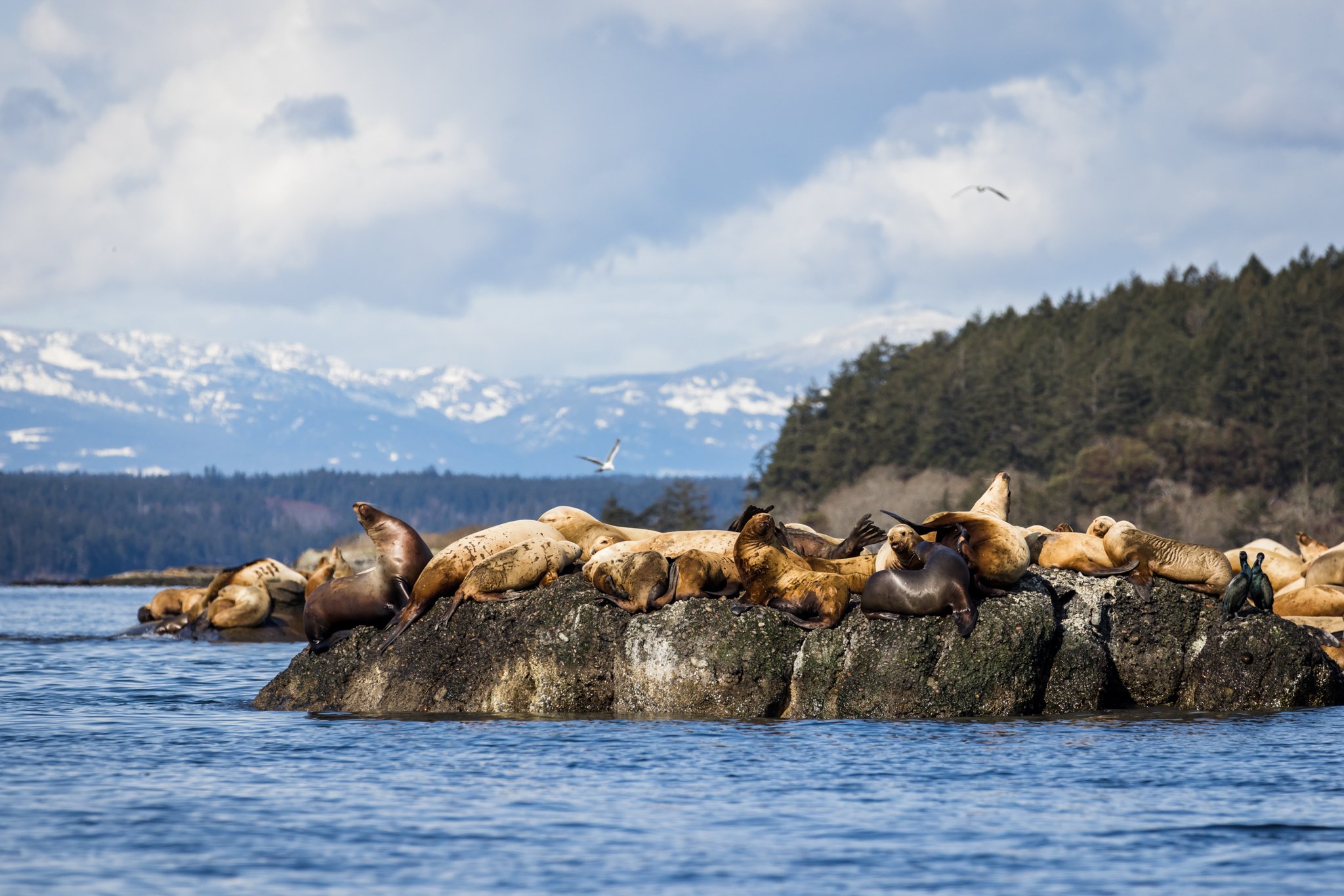2023 Pacific Herring Spawn
Each Spring, vast schools of Pacific herring migrate from offshore waters to the waters close to shore. They come to these protected areas for one reason: To spawn.
At this time, the females’ eggs (roe) are at their peak maturity. The male herring release their sperm (milt) into the water to fertilize the released roe. This creates a stunning turquoise color in the ocean. The process happens over the course of a few days, moving locations as the herring travel. During this time, there is a veritable bonanza in terms of wildlife, commercial fishing and of course, photo opportunities!
This was my third year documenting the spawn around my hometown as a personal project. While I went out every day for about a week, below are the highlights from my time chasing the spawn this year.
March 12, Kye Bay
Kye Bay was one of the first areas where a lot of the spawning action hit in the Comox Valley. I arrived down at the reef end of the beach and was greeted with the chaos that is the spawn. More people than I’d ever seen at this particular location were gathered to watch the show that Mother Nature was putting on.
A humpback whale cruised back and forth not too far offshore, delighting many. Thousands of seagulls flocked and fished while being watched by about 20 bald eagles who were playing it cool at the end of the reef. Sea lions barked noisily as they floated in rafts just offshore in the turquoise waters.
March 14, Comox
With the sun finally peeking out on this day, I decided to attempt documenting the spawn from various local locations. Generally as a photographer I’m happy to see some cloud coverage which reduces harsh shadows, but the turquoise waters of the herring spawn are best on display when the sun is hitting the water. With reports of the spawn happening at multiple beaches, I headed to the Northernmost location and made my back from there.
Kitty Coleman Provincial Park
Bates Beach
Seal Bay
Kye Bay bluffs
March 15, from land and sea
Bowser
With a favourable forecast and some intel from friends about half an hour south, I took off to Bowser for sunrise. I knew that the herring fishing had opened there the evening before, and most of the boats and hunkered down over night to fill their quotas. As I hadn’t been seen a lot of the fishing boats yet, I wanted to get some shots of them to round out the storytelling.
I took a strong coffee for the road and poked around an unknown neighbourhood until I found a beach access, arriving about 40 minutes before sunrise. Despite the frosty temperatures, it was a beautiful morning to watch the sun rise.
On the water with Wild Waterway Adventures
After driving back from Bowser, I had an hour to quickly repack my gear, shower, eat and then I took off again for Comox Marina. Two days prior I had randomly seen an advertisement for boat tours with Wild Waterway Adventures out of Comox. On a whim, I booked myself a spot on one of the zodiac tours.
It was a rare, windless day as we took off towards Chrome Island, just off from where I’d been a few hours earlier. We cruised to the spawn area and took in the action from this unique viewpoint. Captain Jen was super knowledgeable and respectful of the local wildlife, and overall a total badass. I highly recommend her tours if you’re interested in getting out on the water (they are usually based out of Campbell River).
The herring spawn has quickly become one of my favourite times of the year locally. The frenzy of wildlife combined with the unique water colours make for such an entertaining experience.
While the politics between conservationists and the fishing industry surrounding this keystone species are an on-going issue, my goal is to document the spawn locally on an annual basis from a non-biased perspective. The goal is to create a body of work that over time will provide a historical reference to this amazing natural event.

